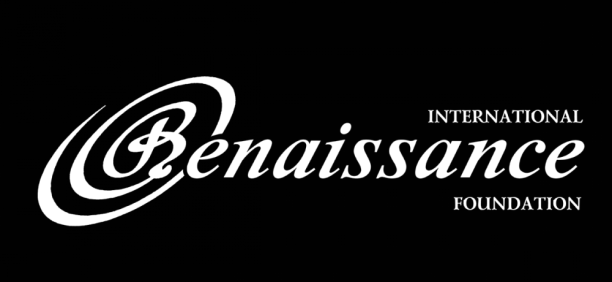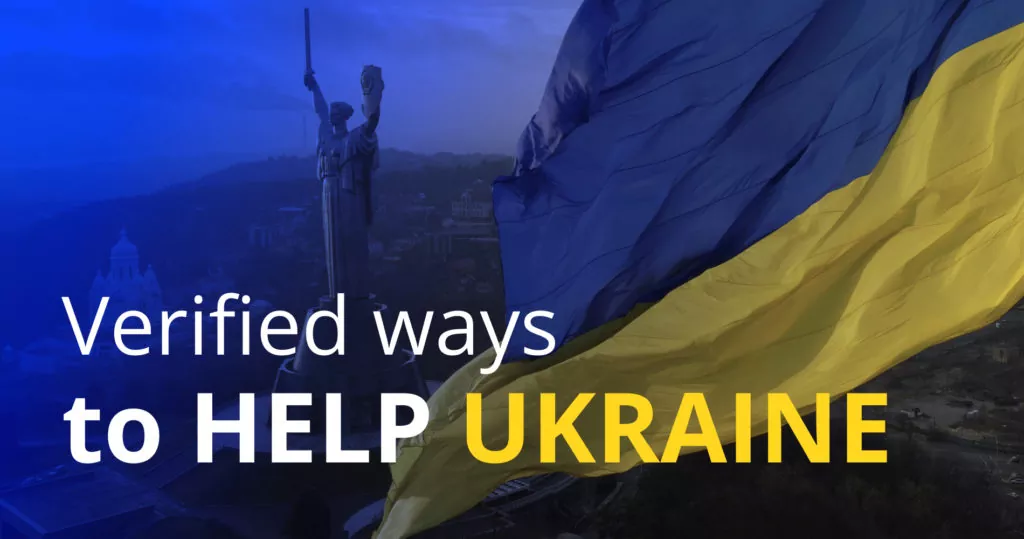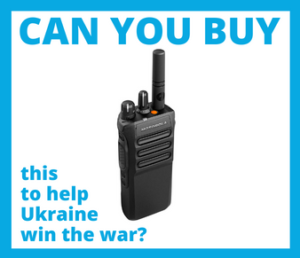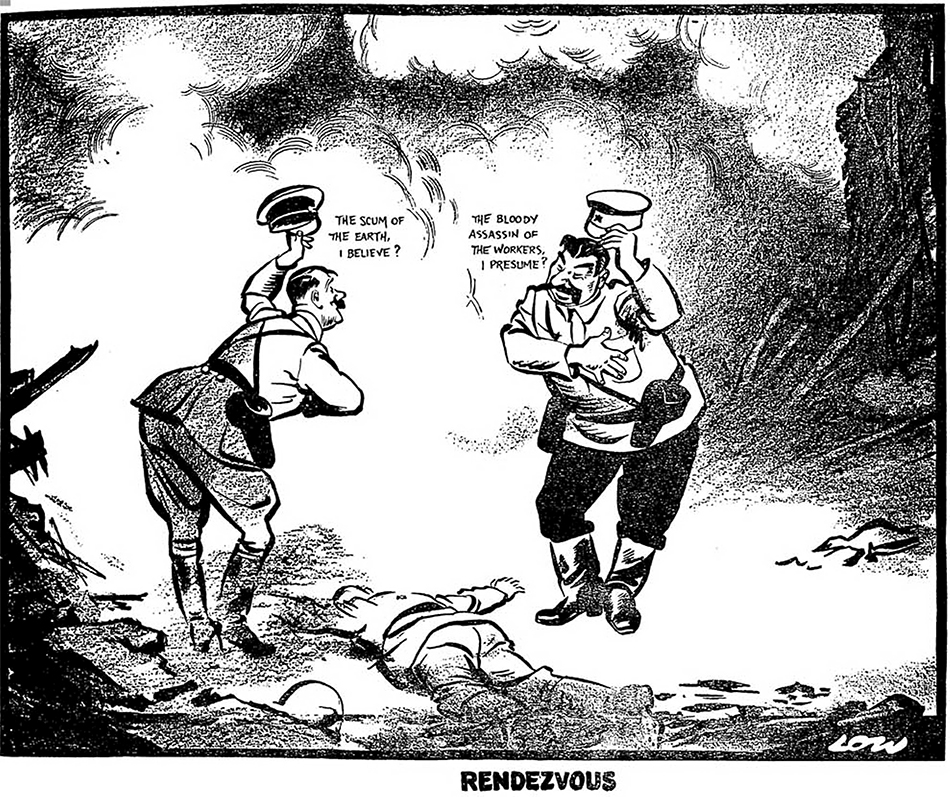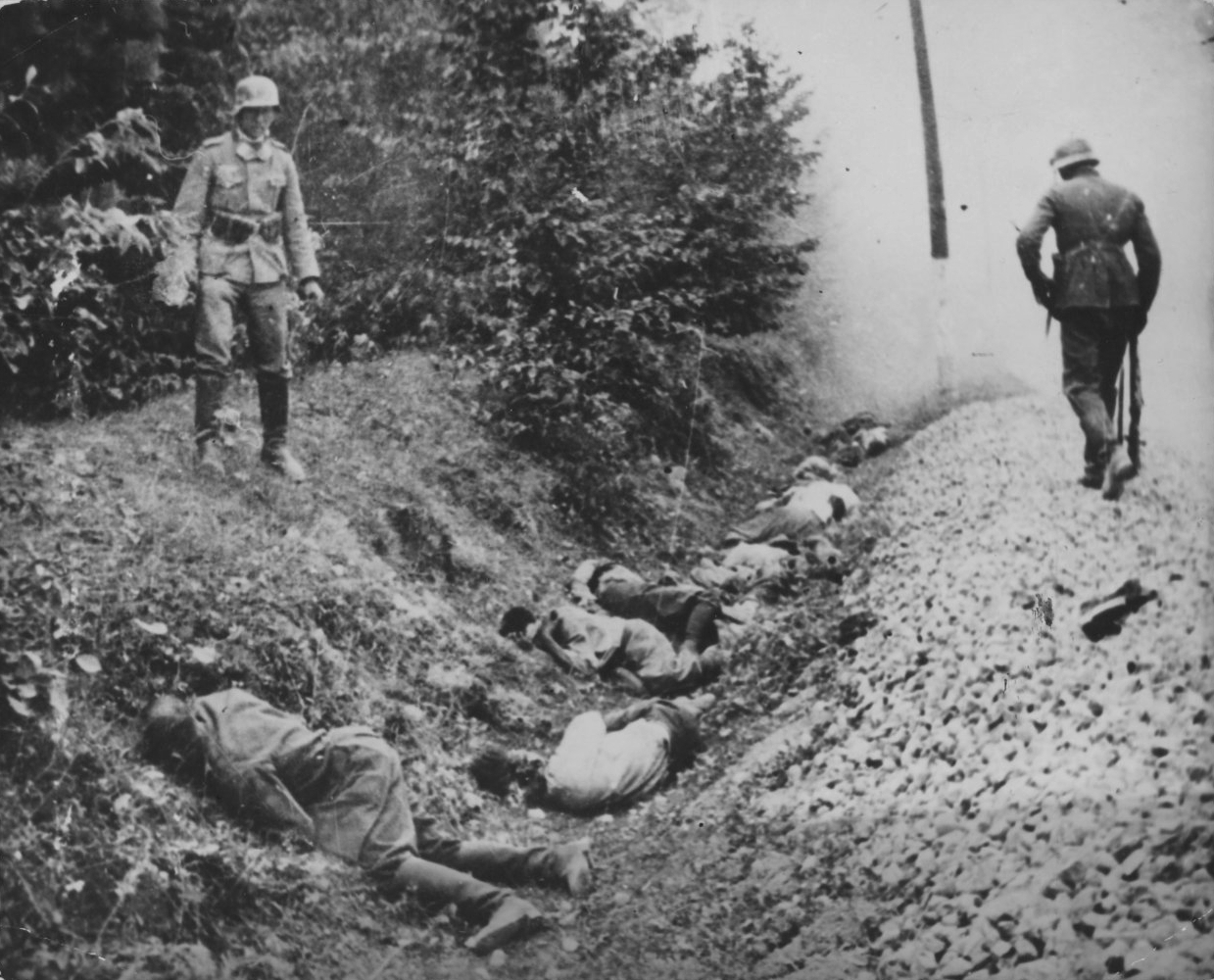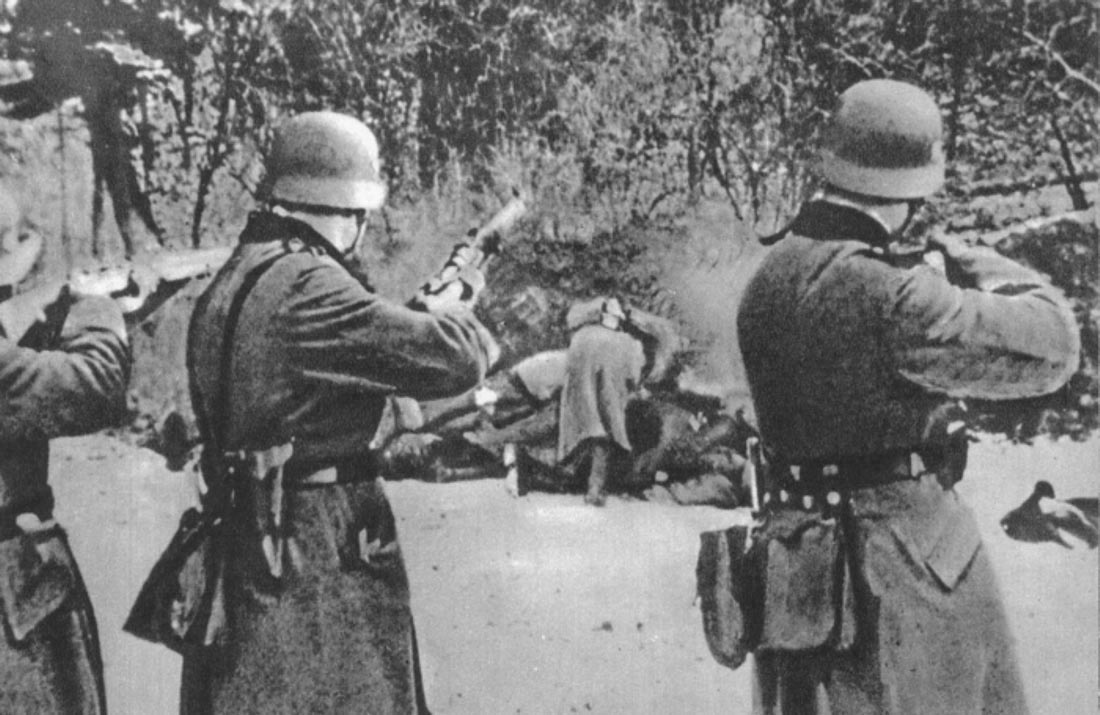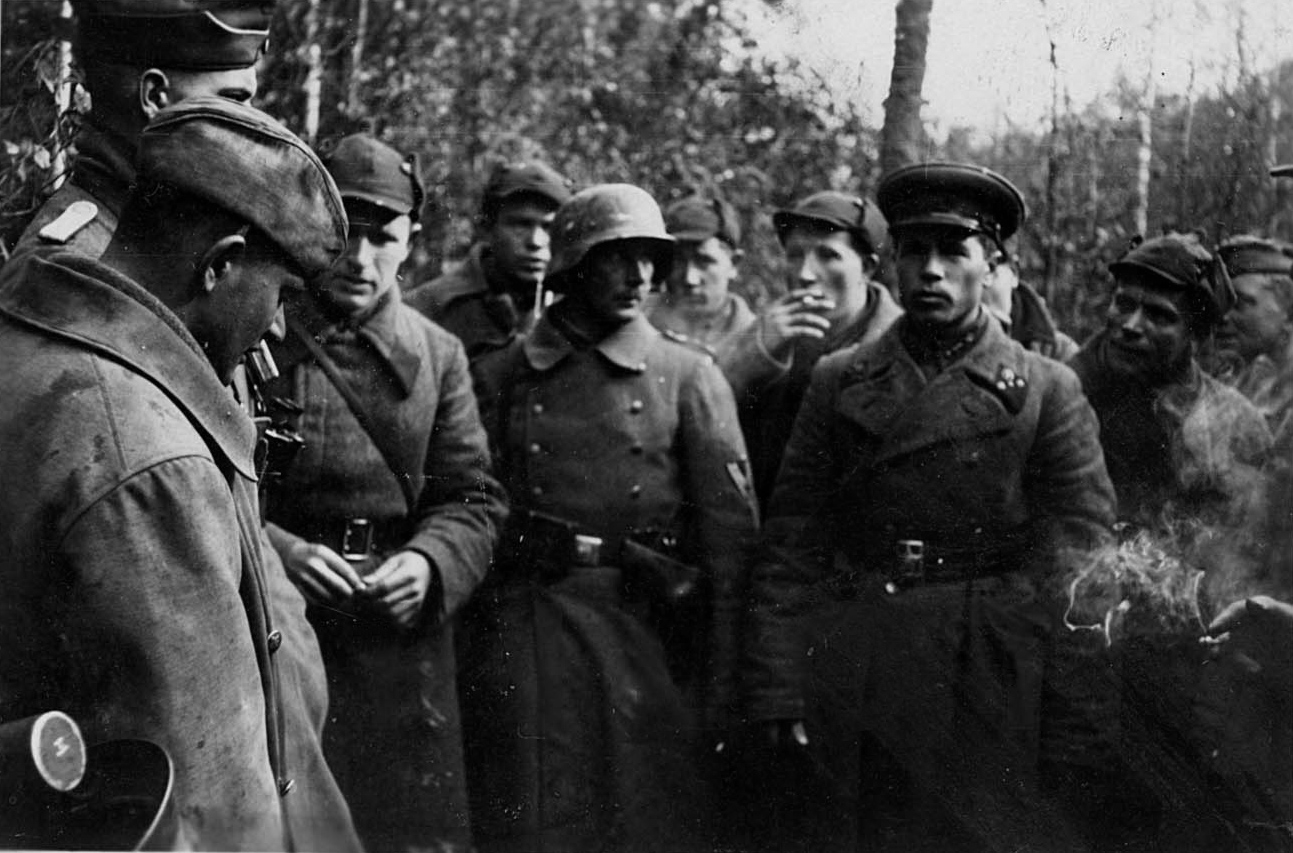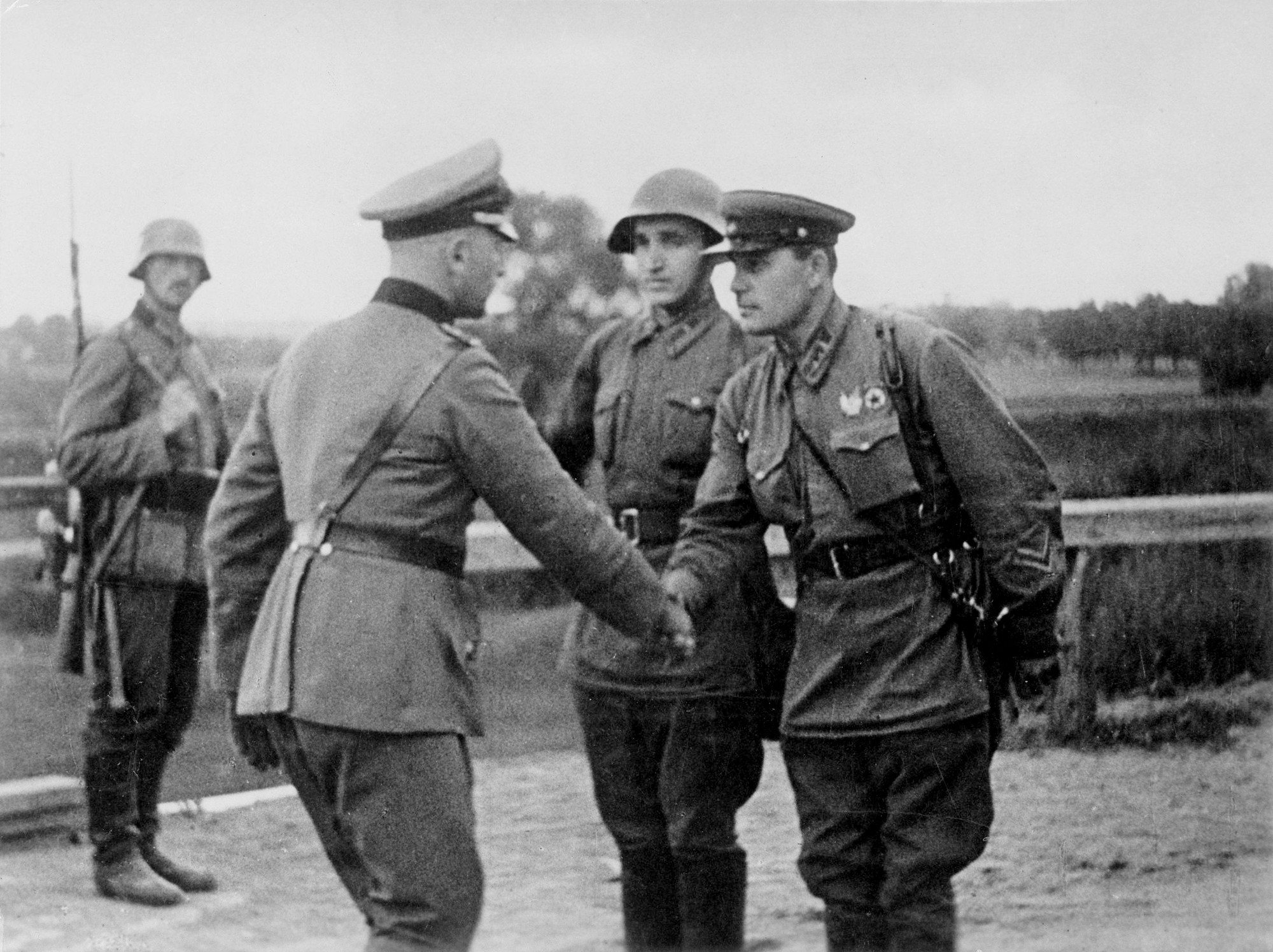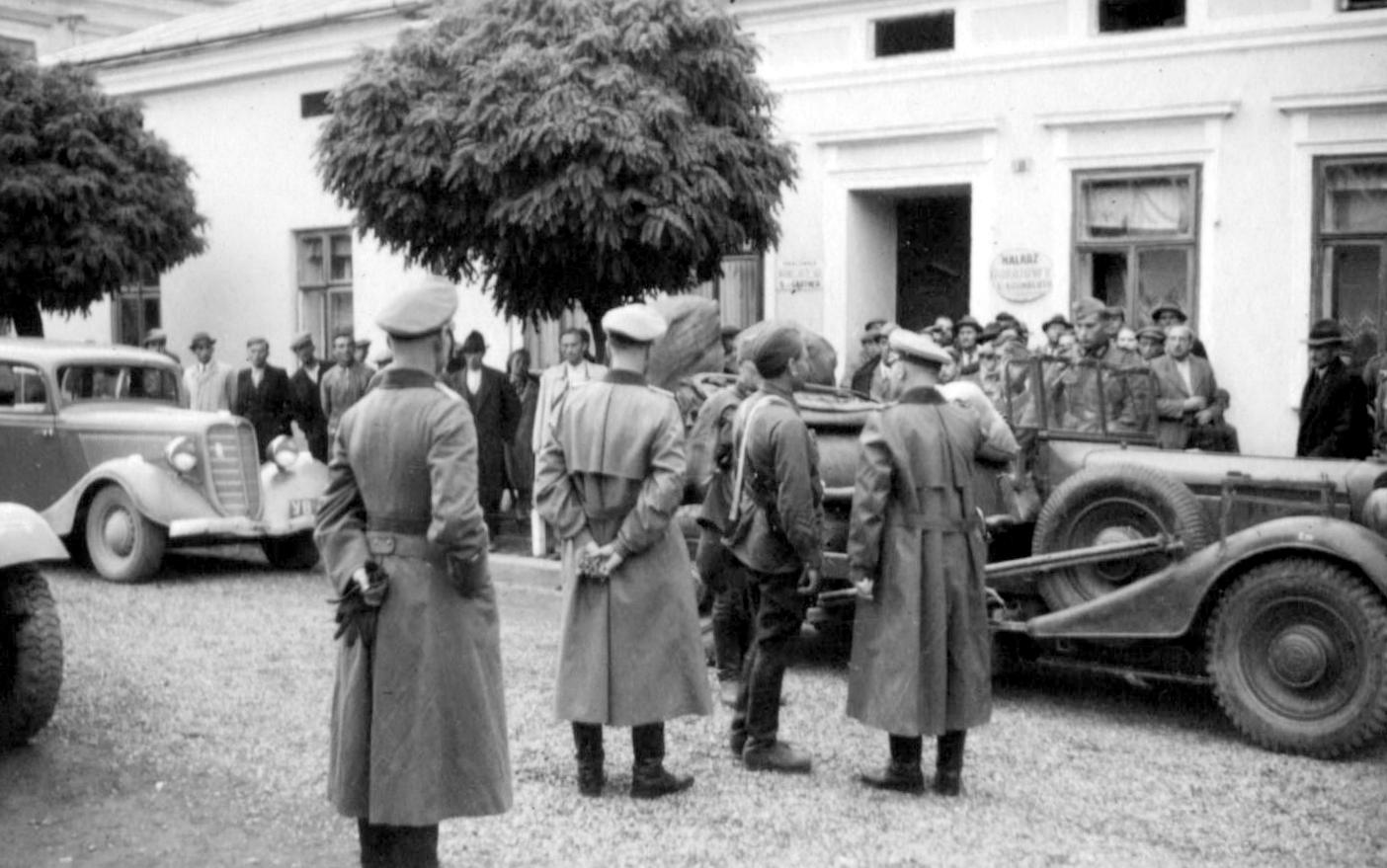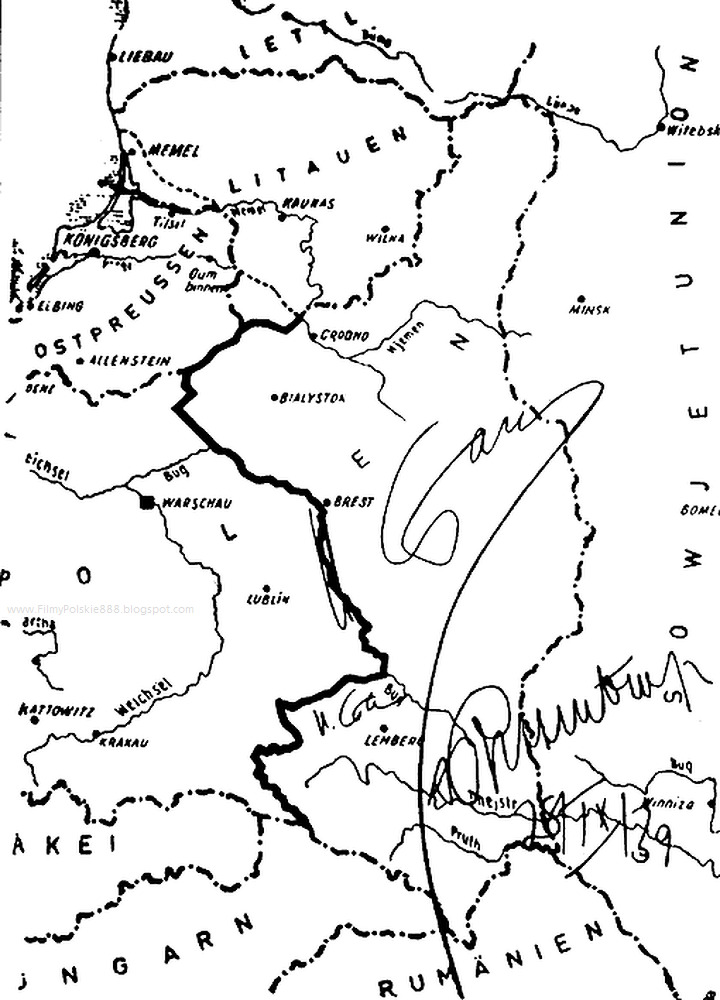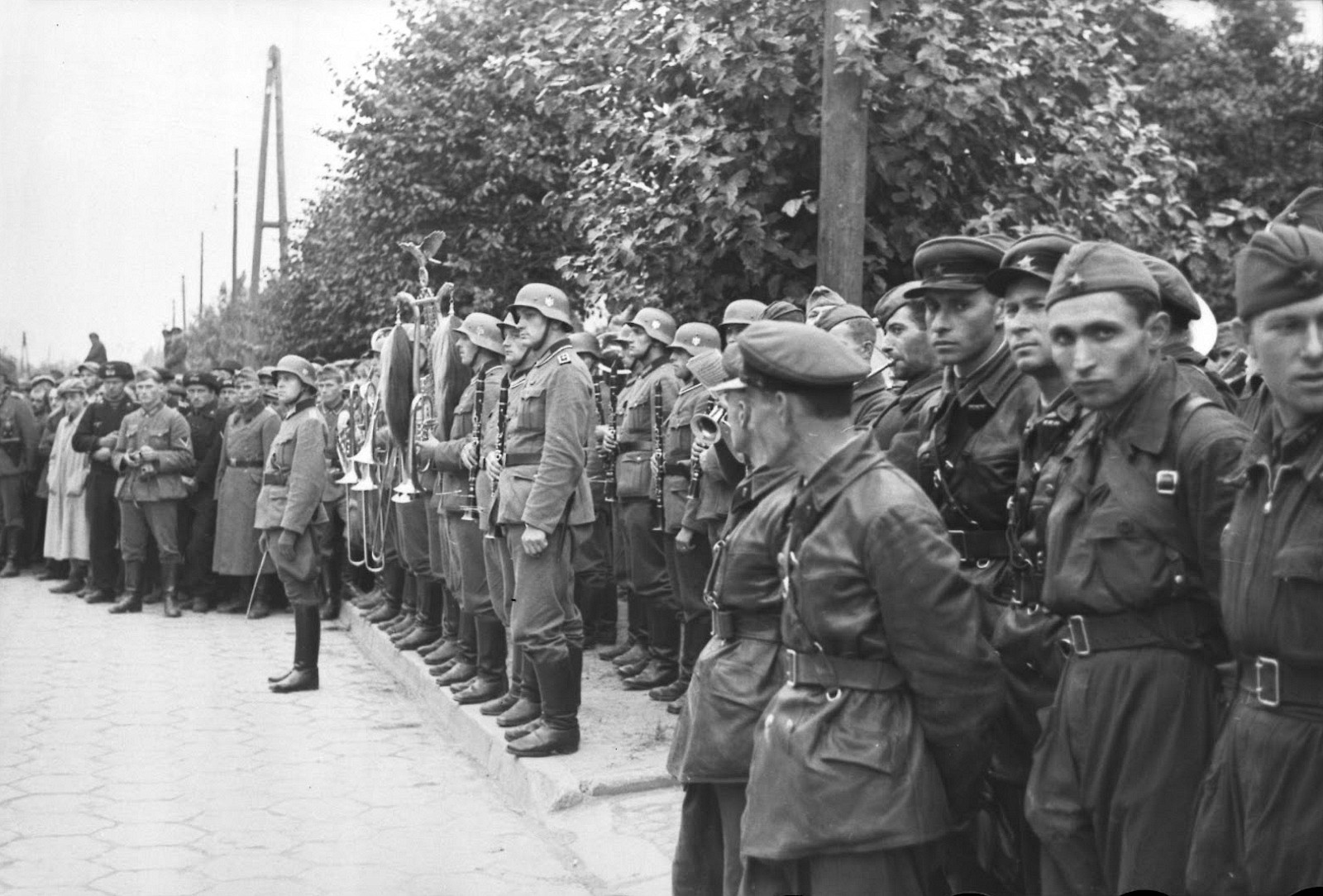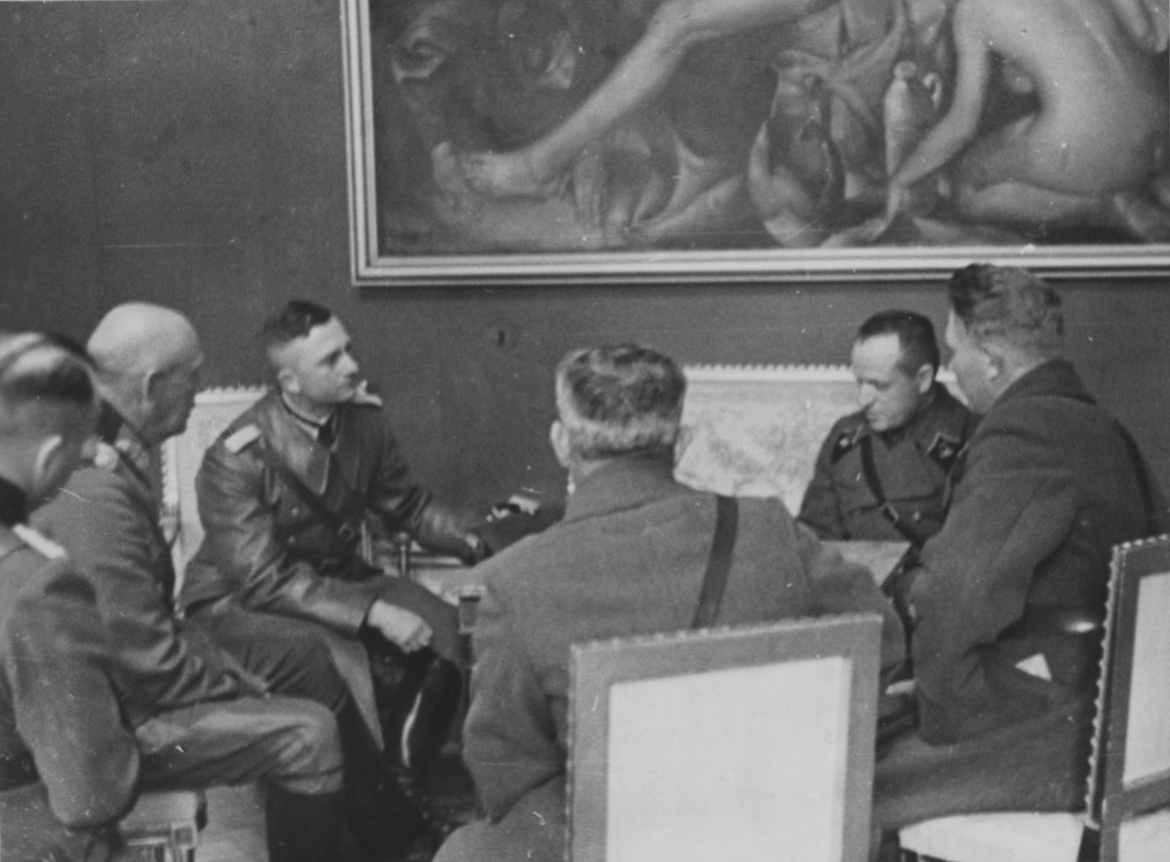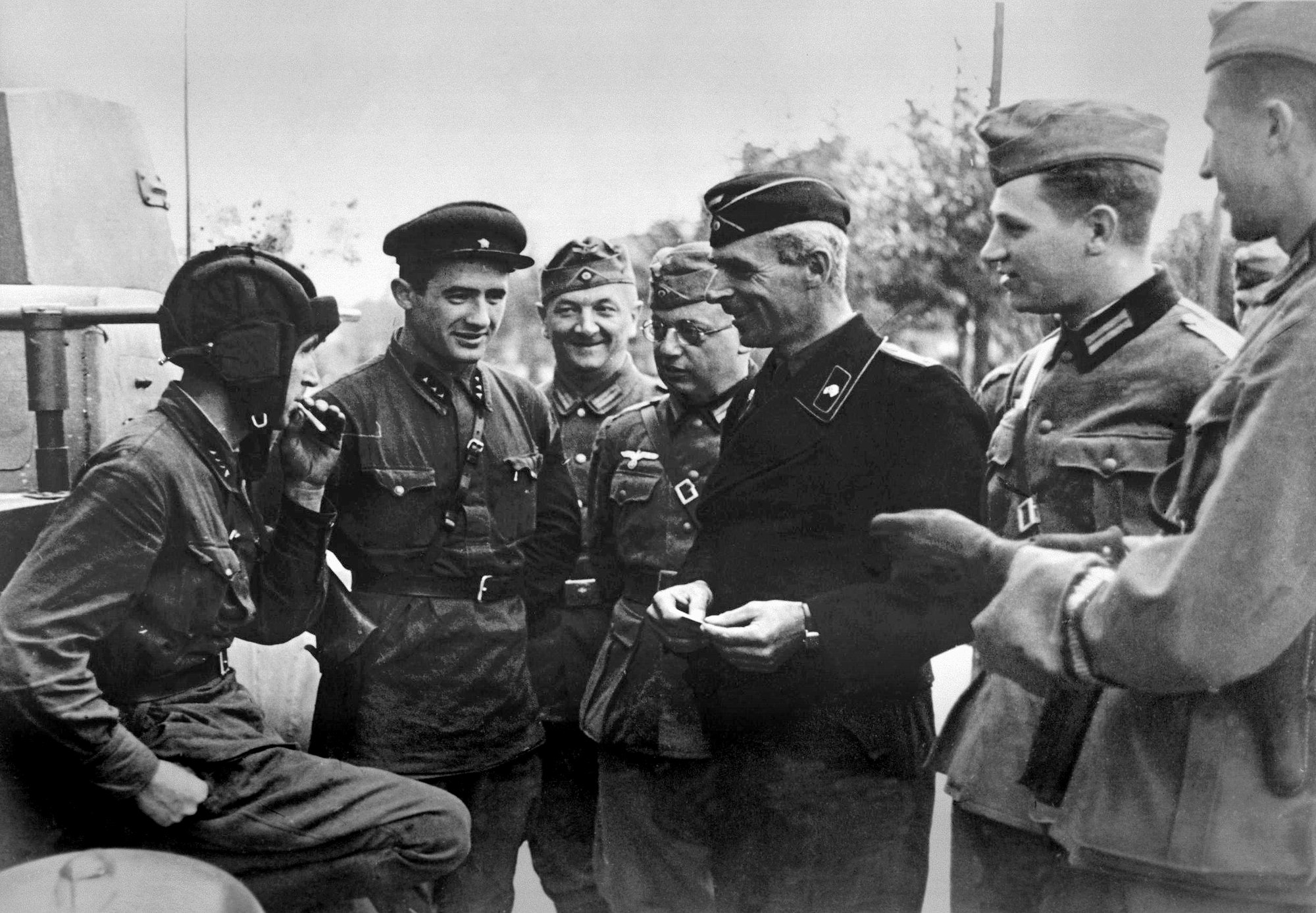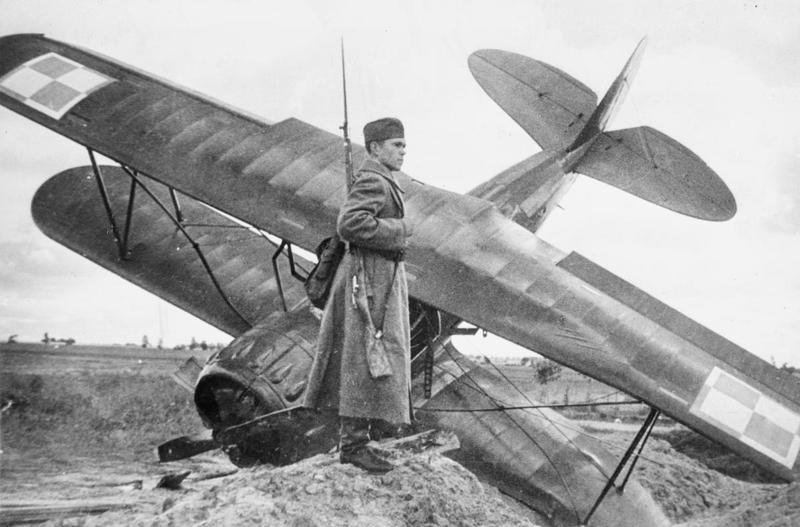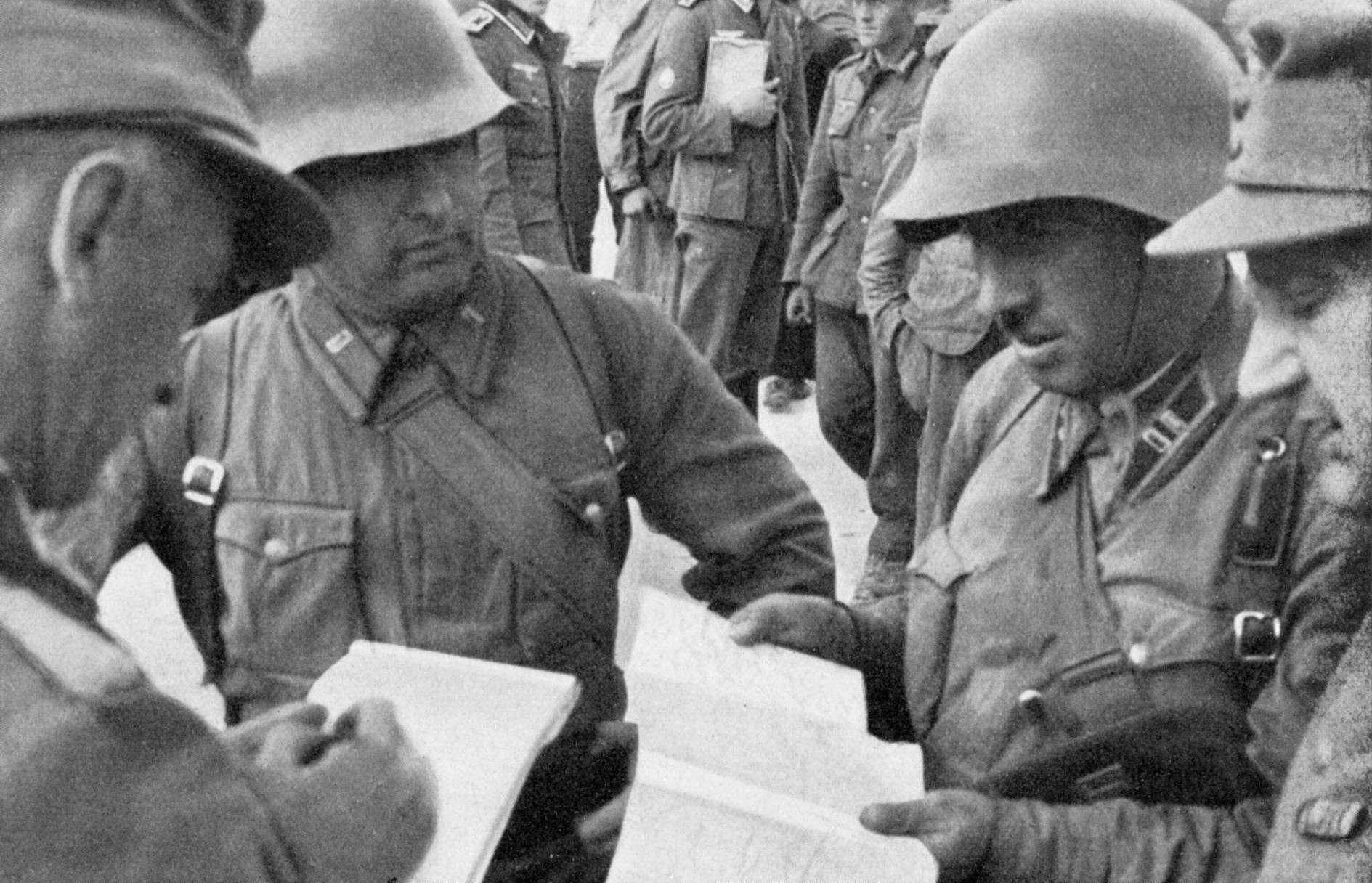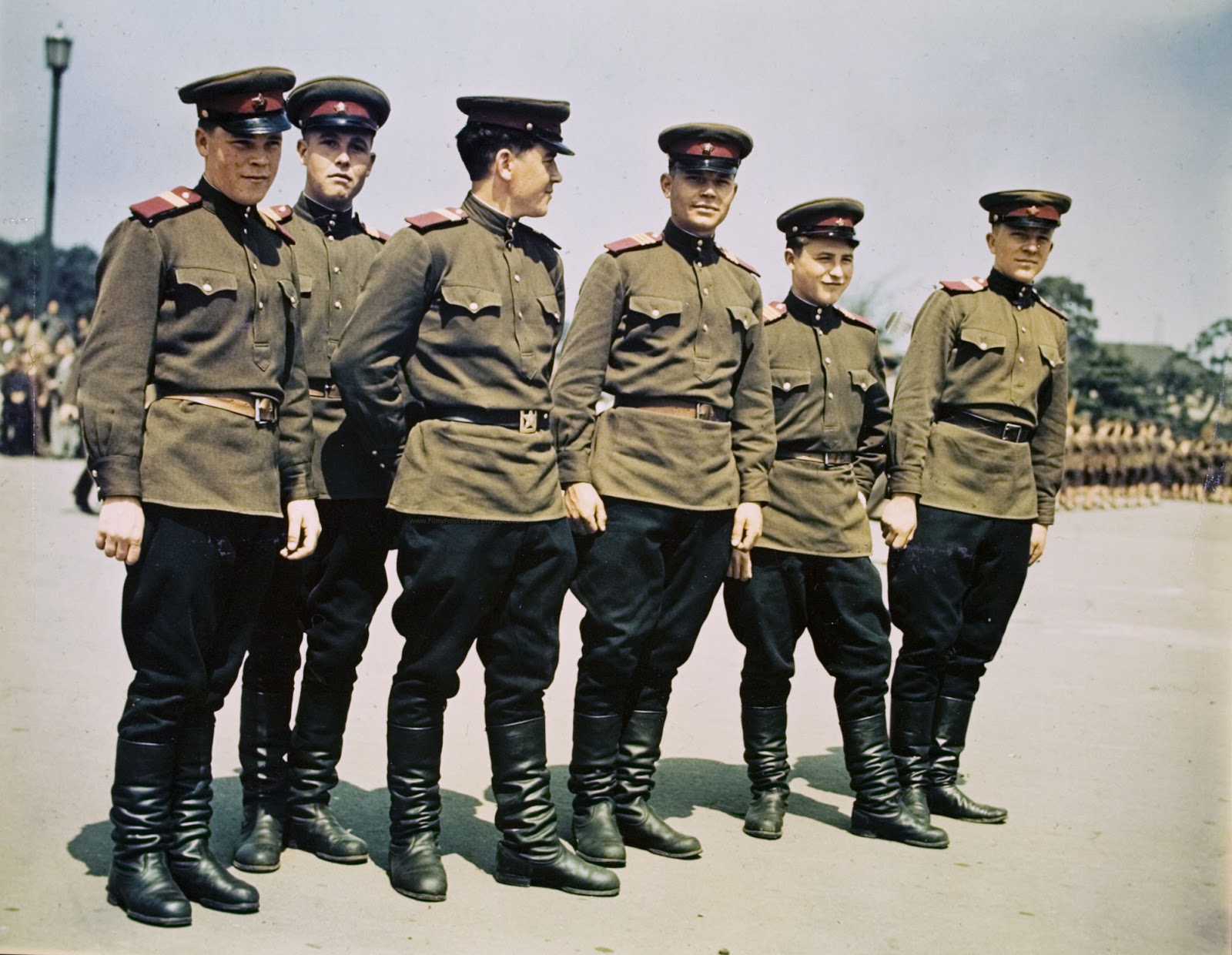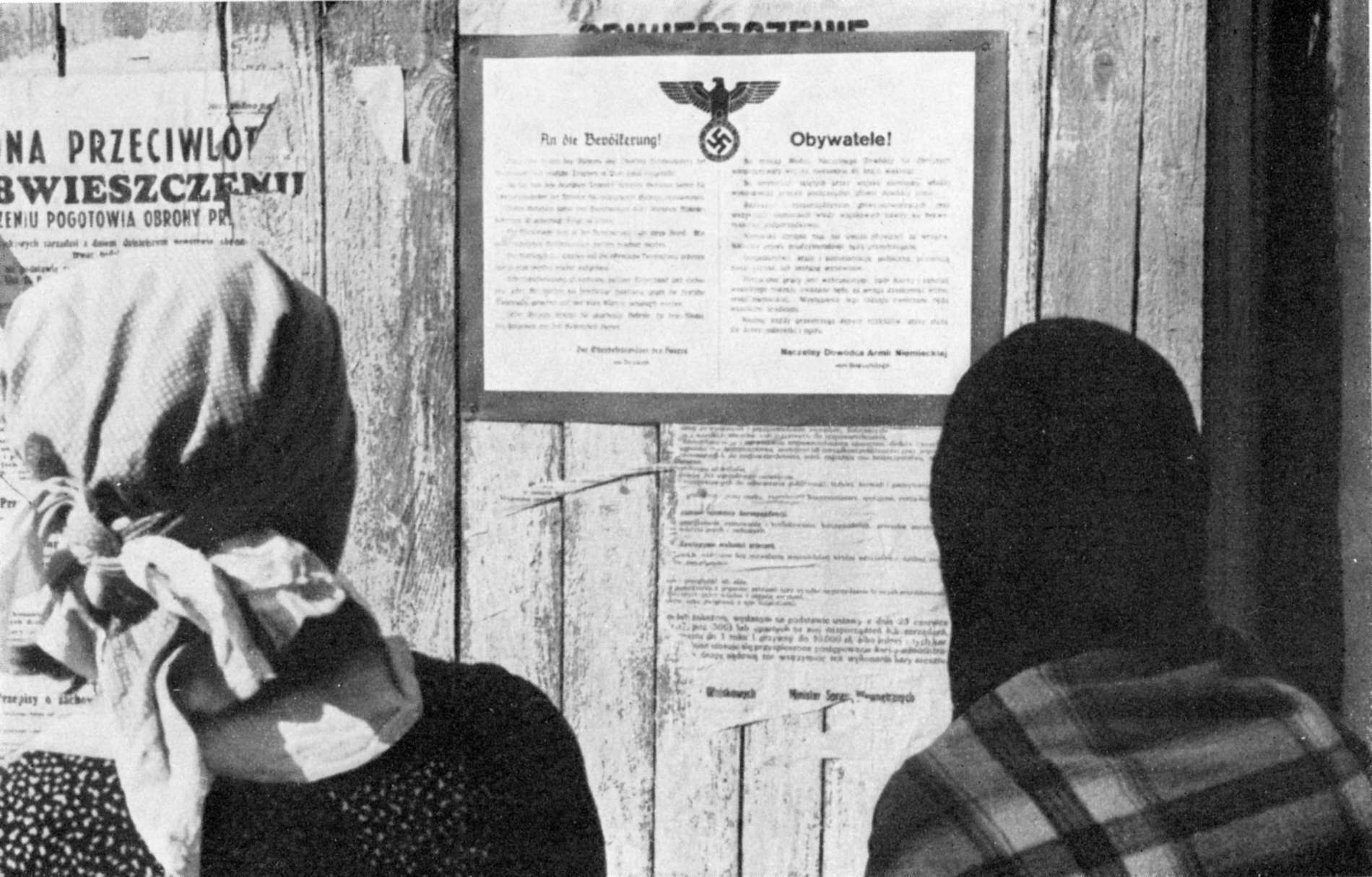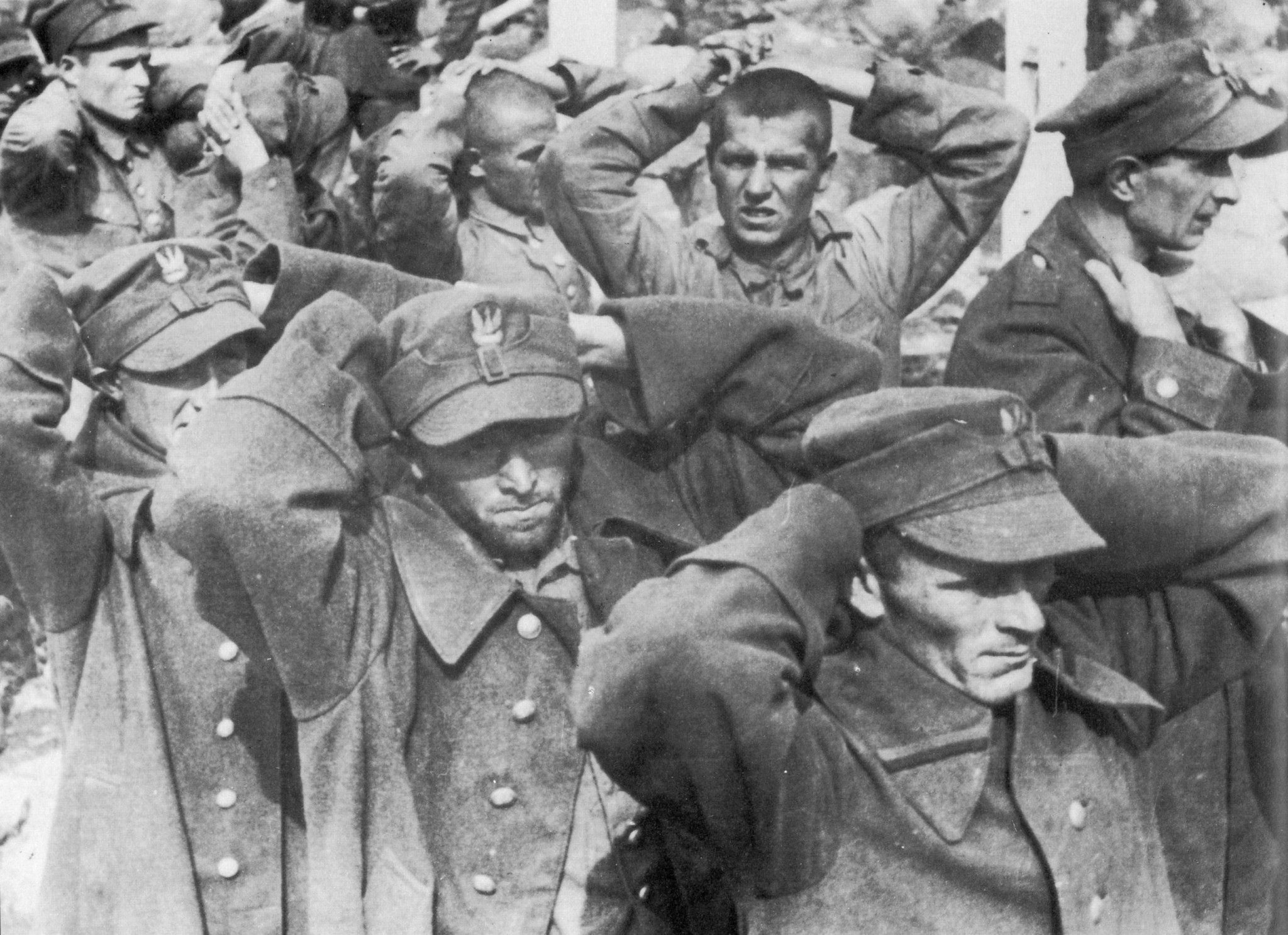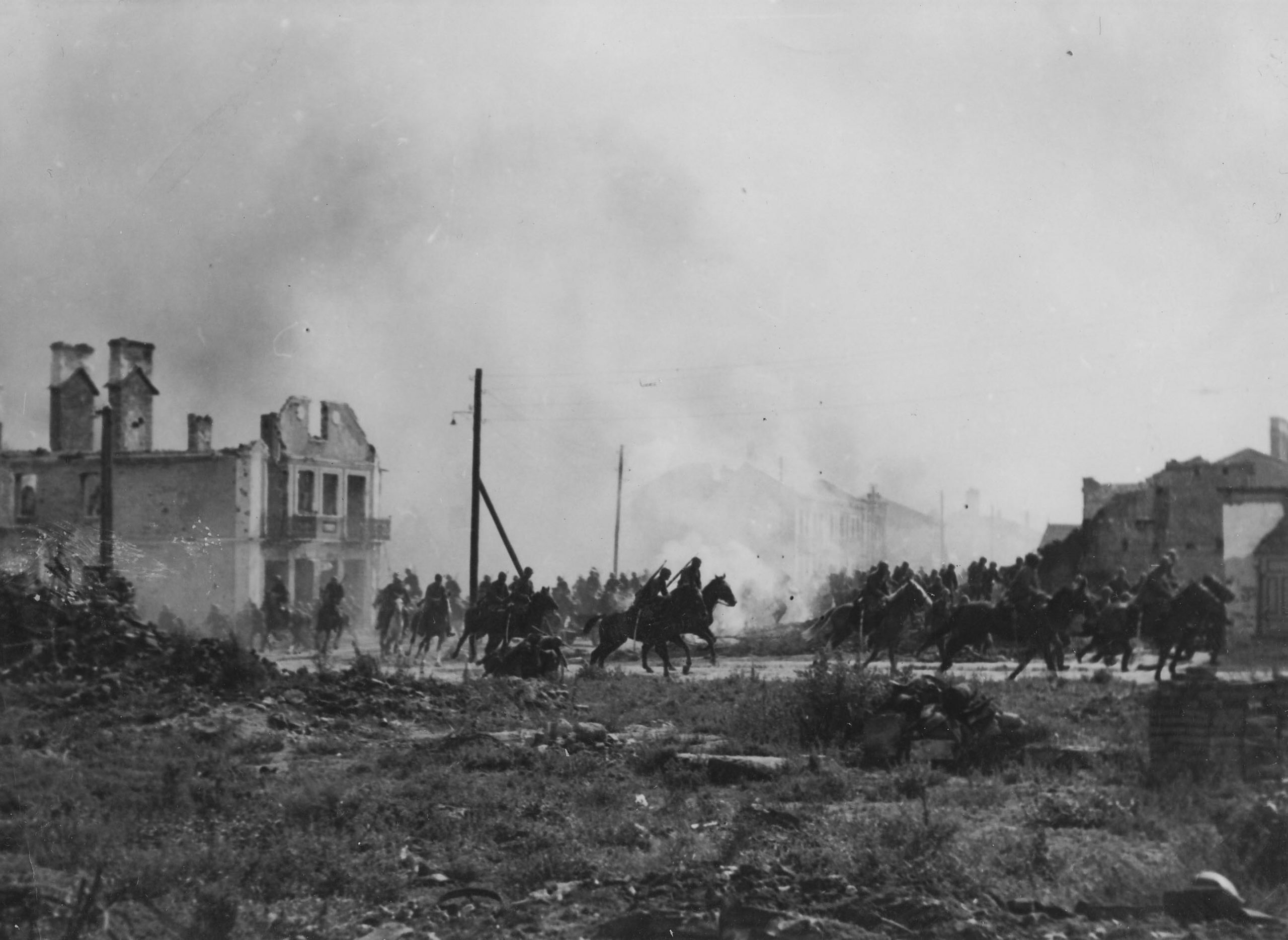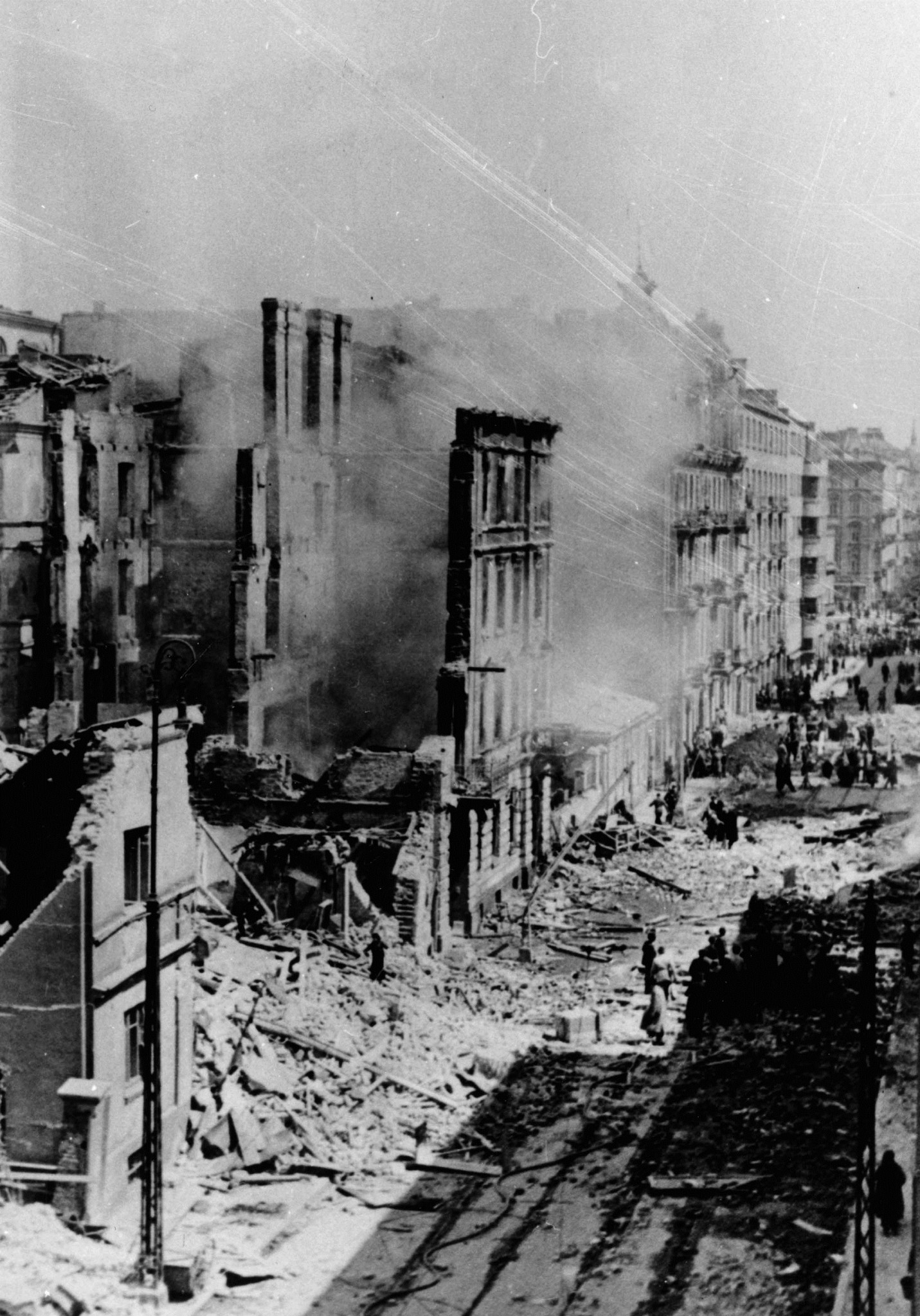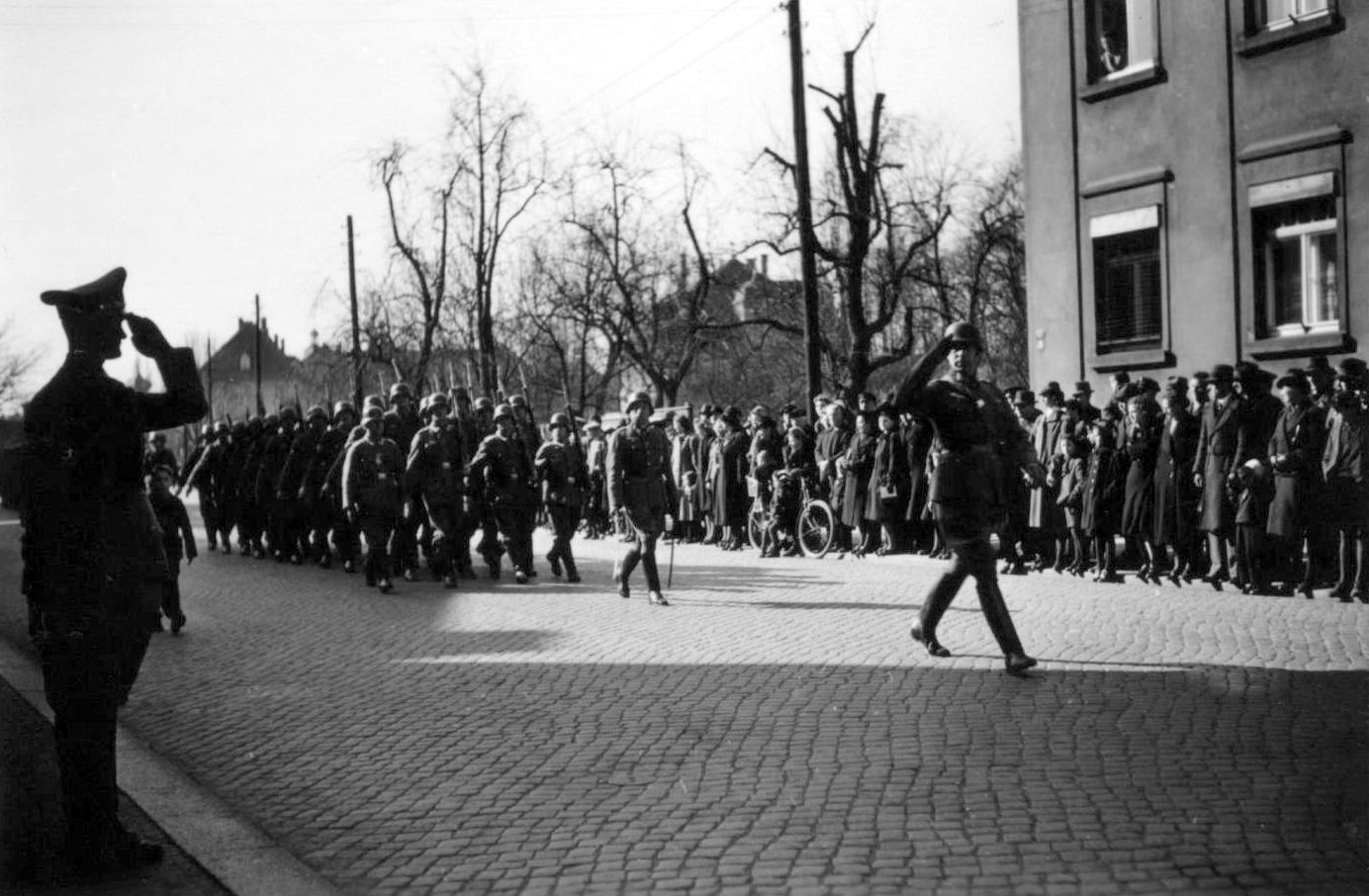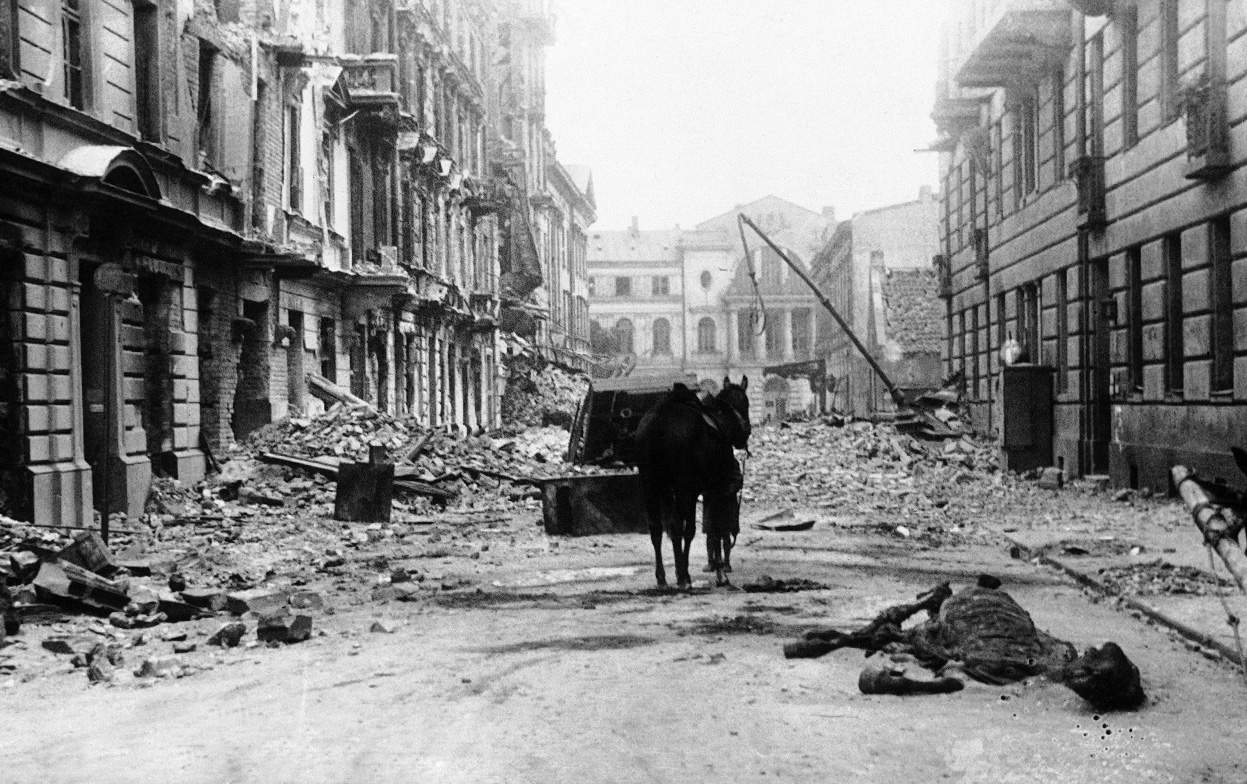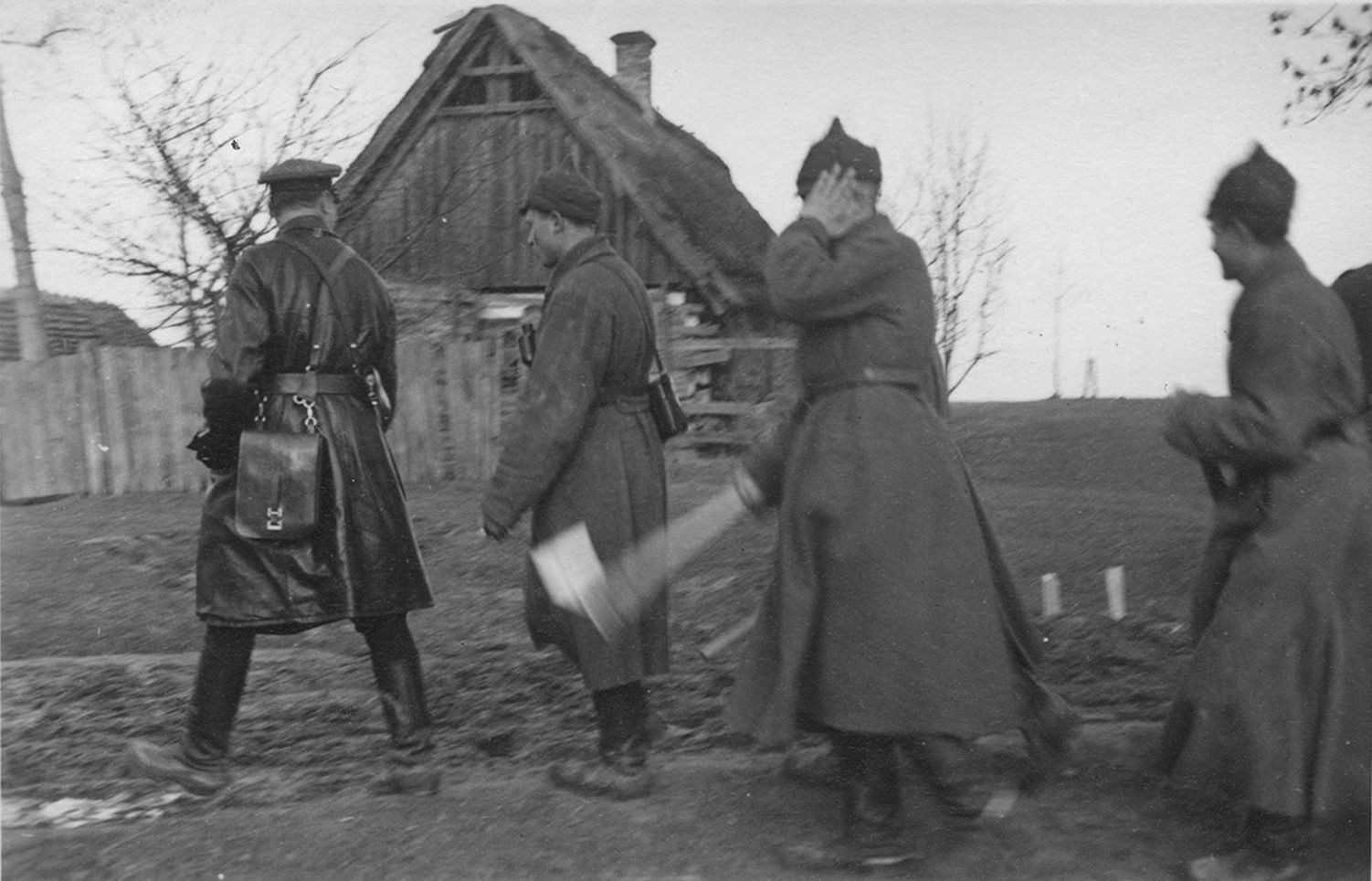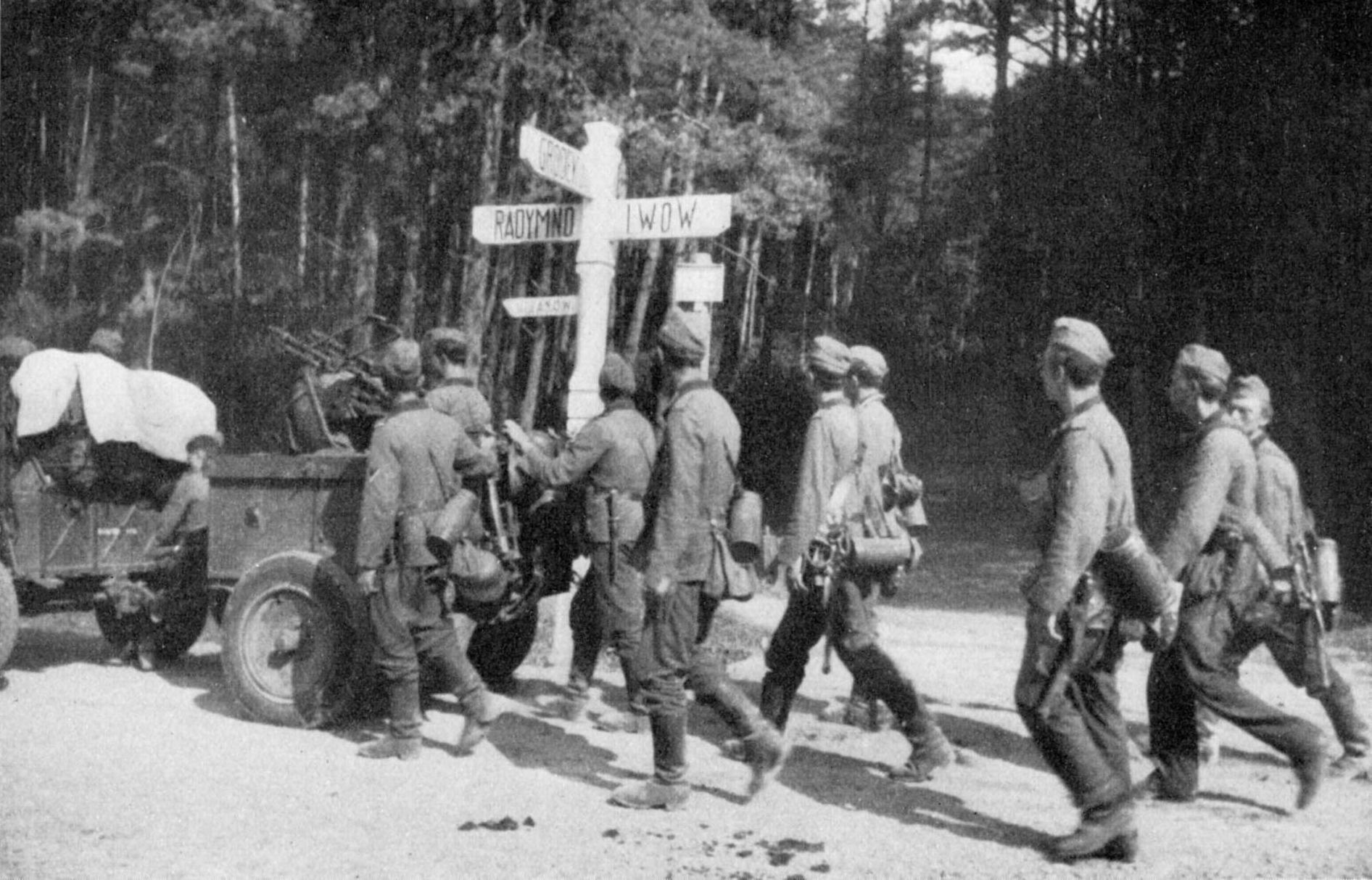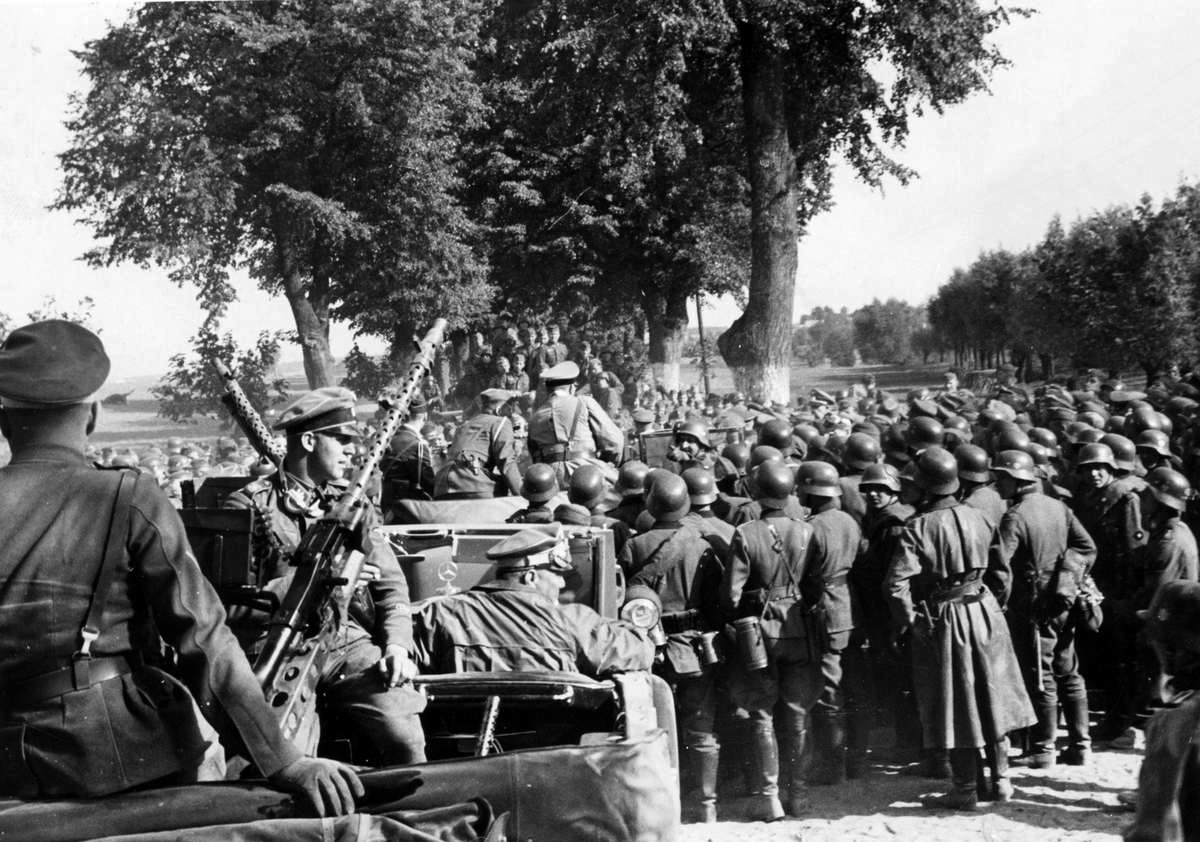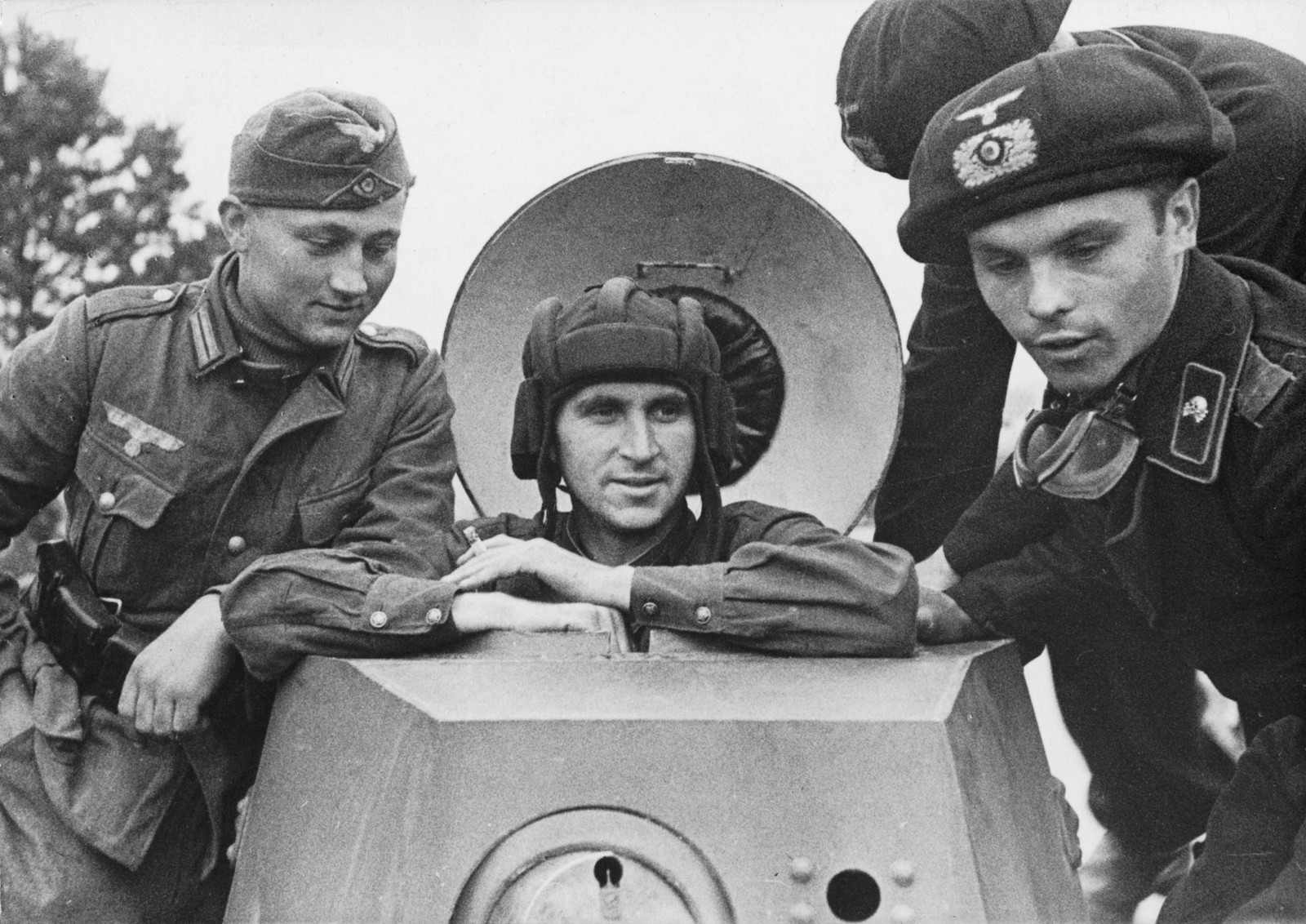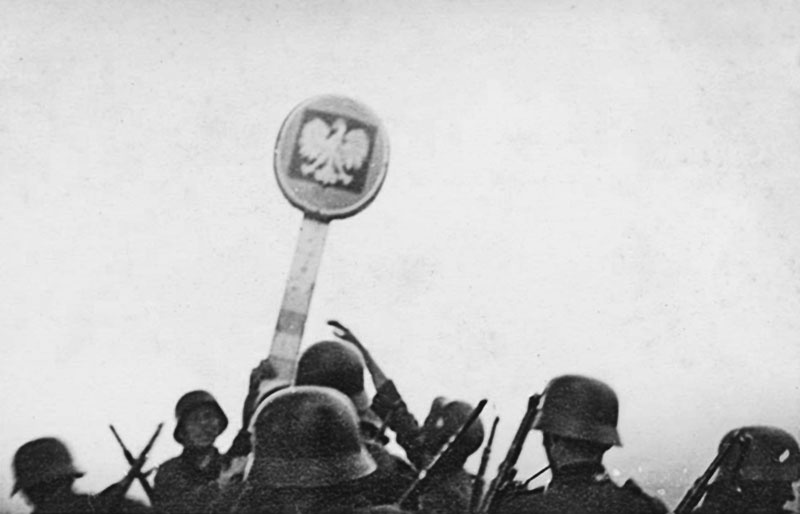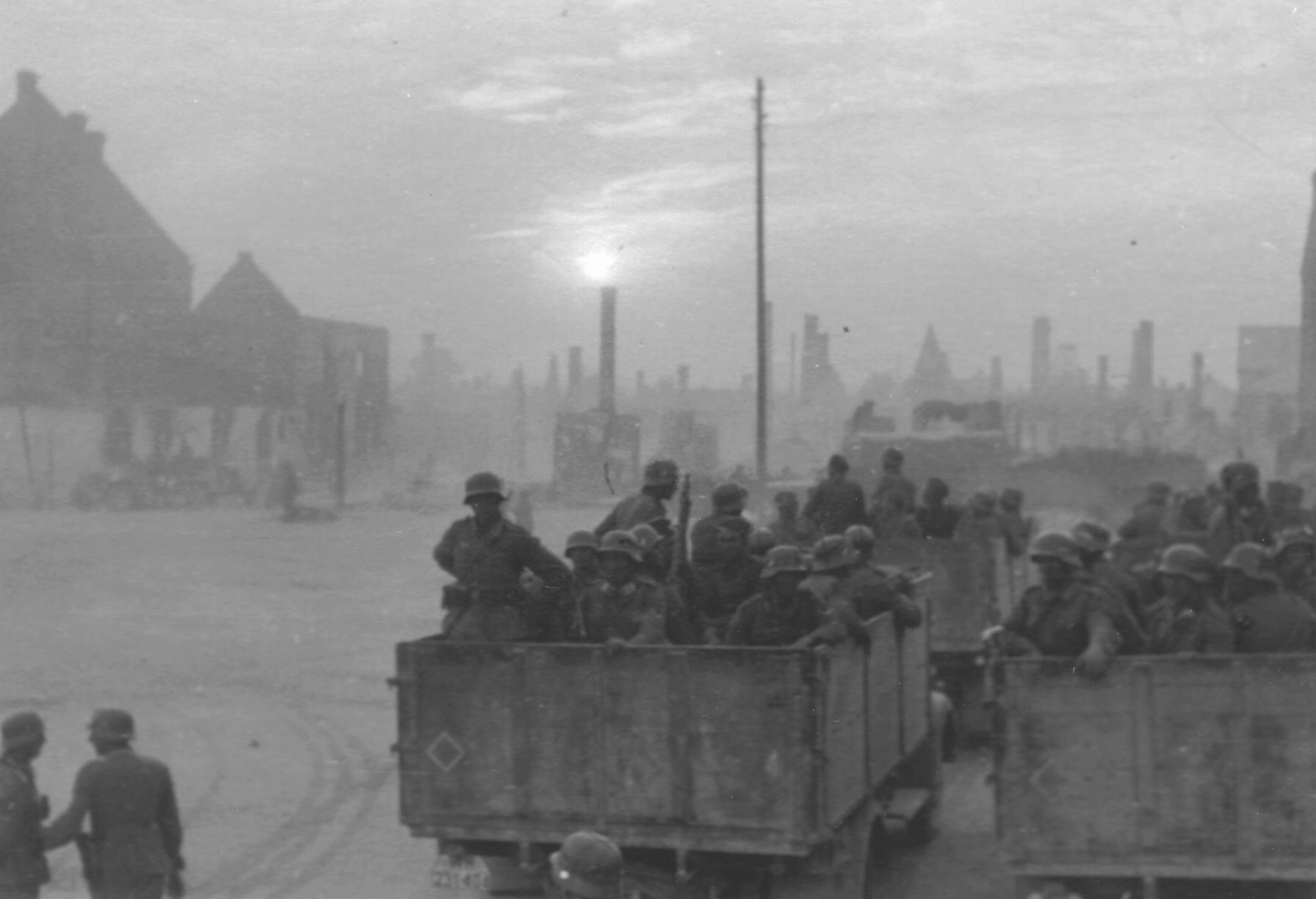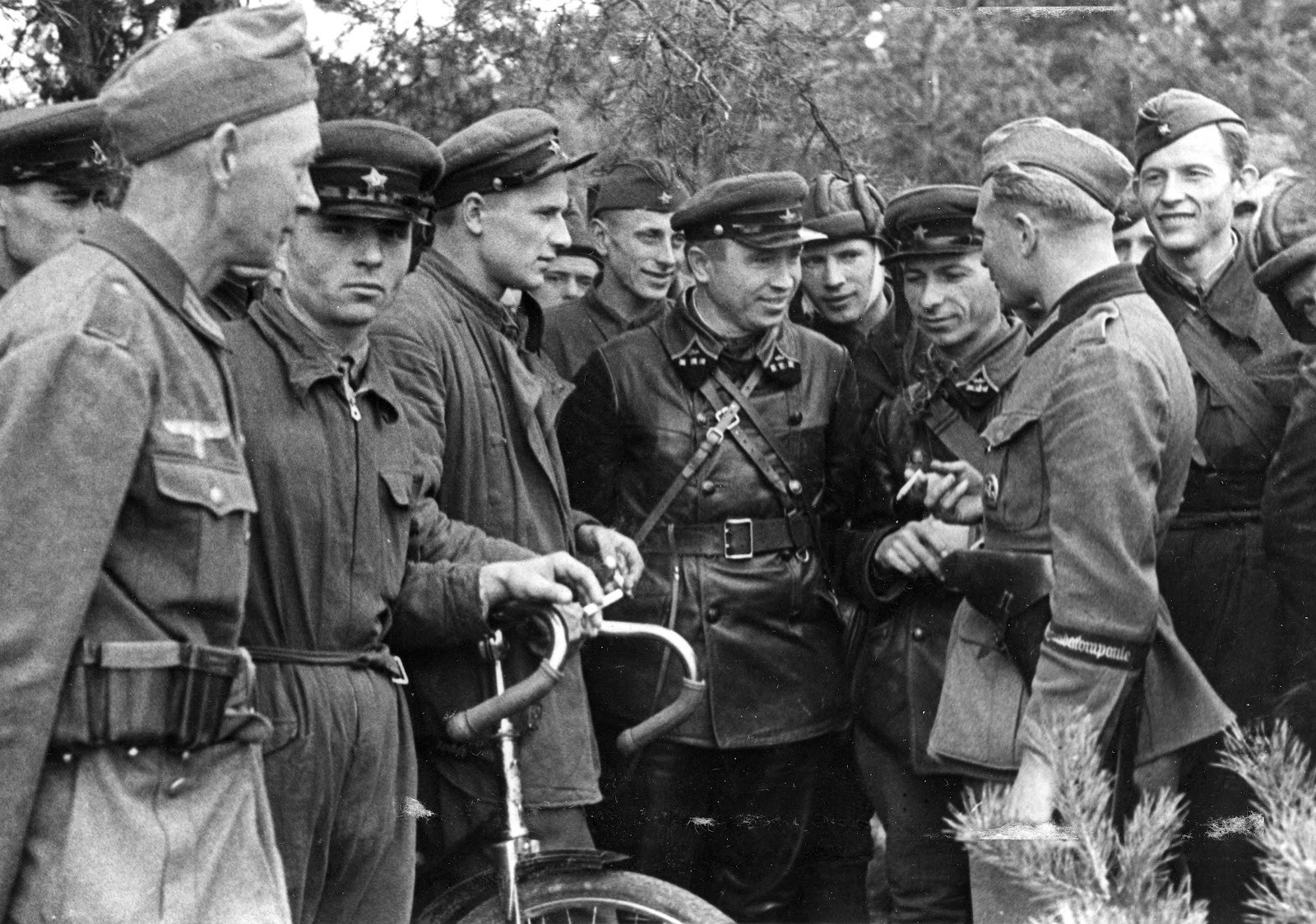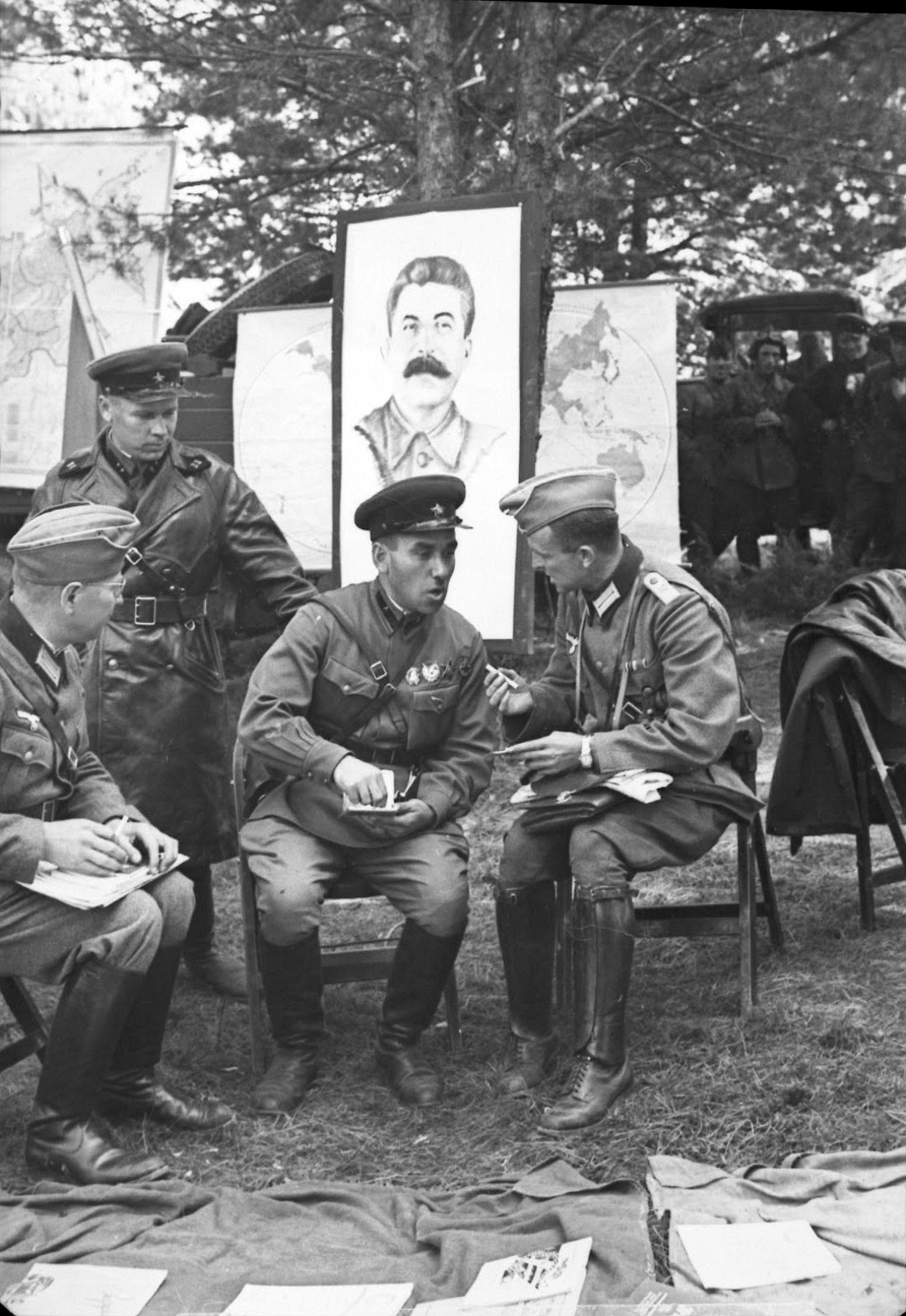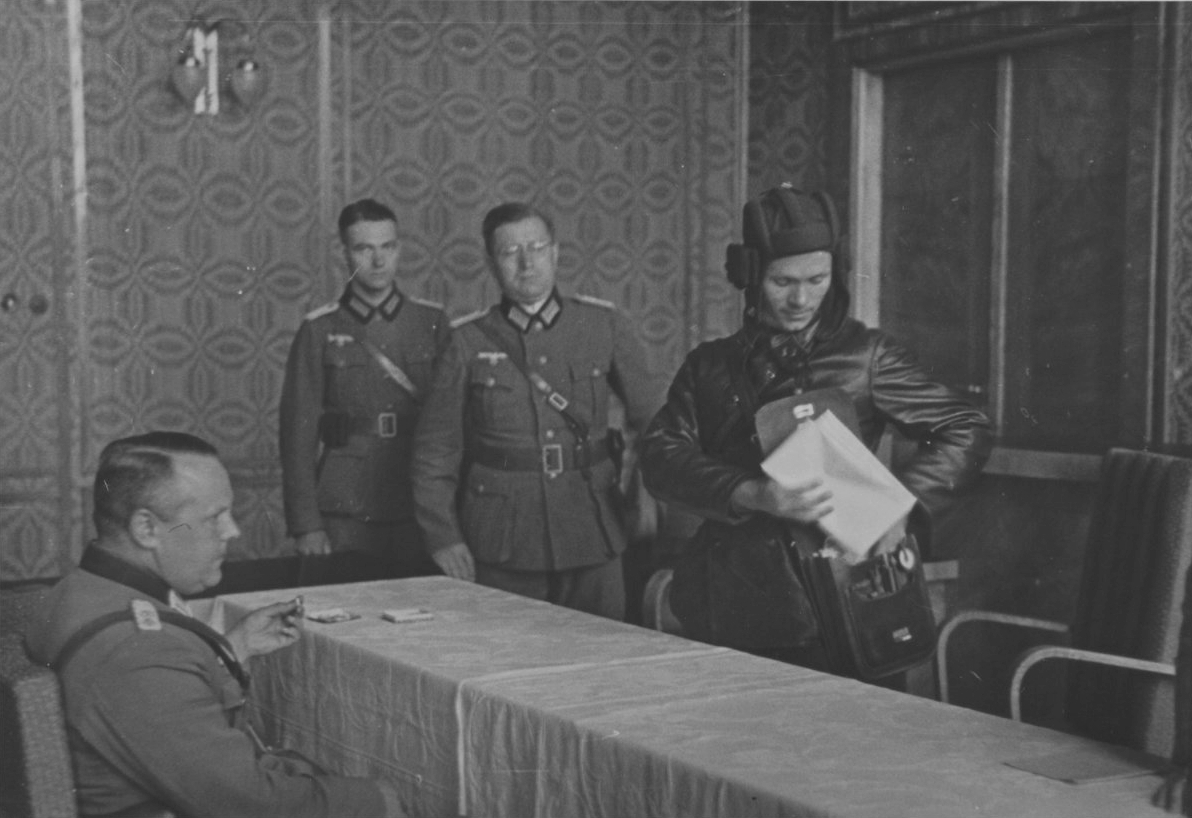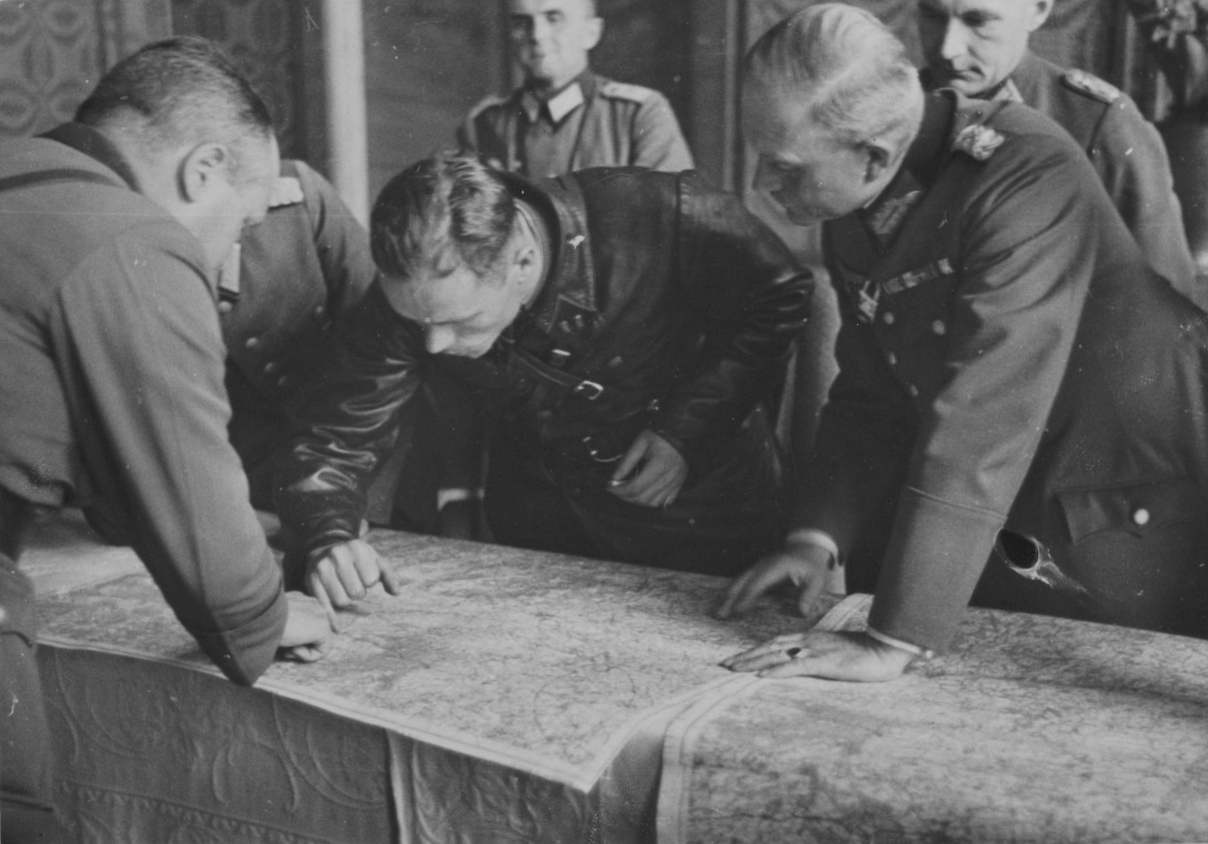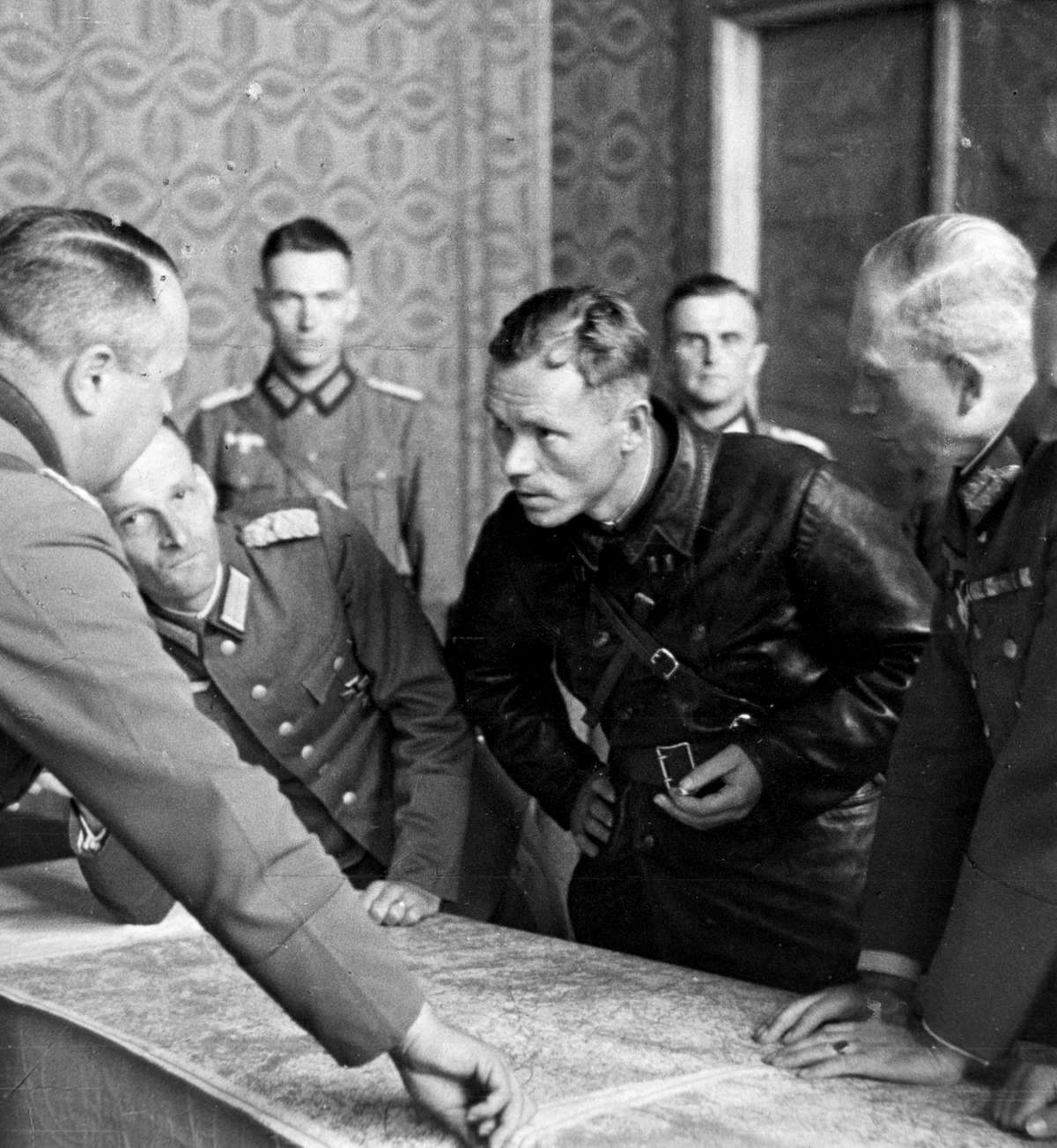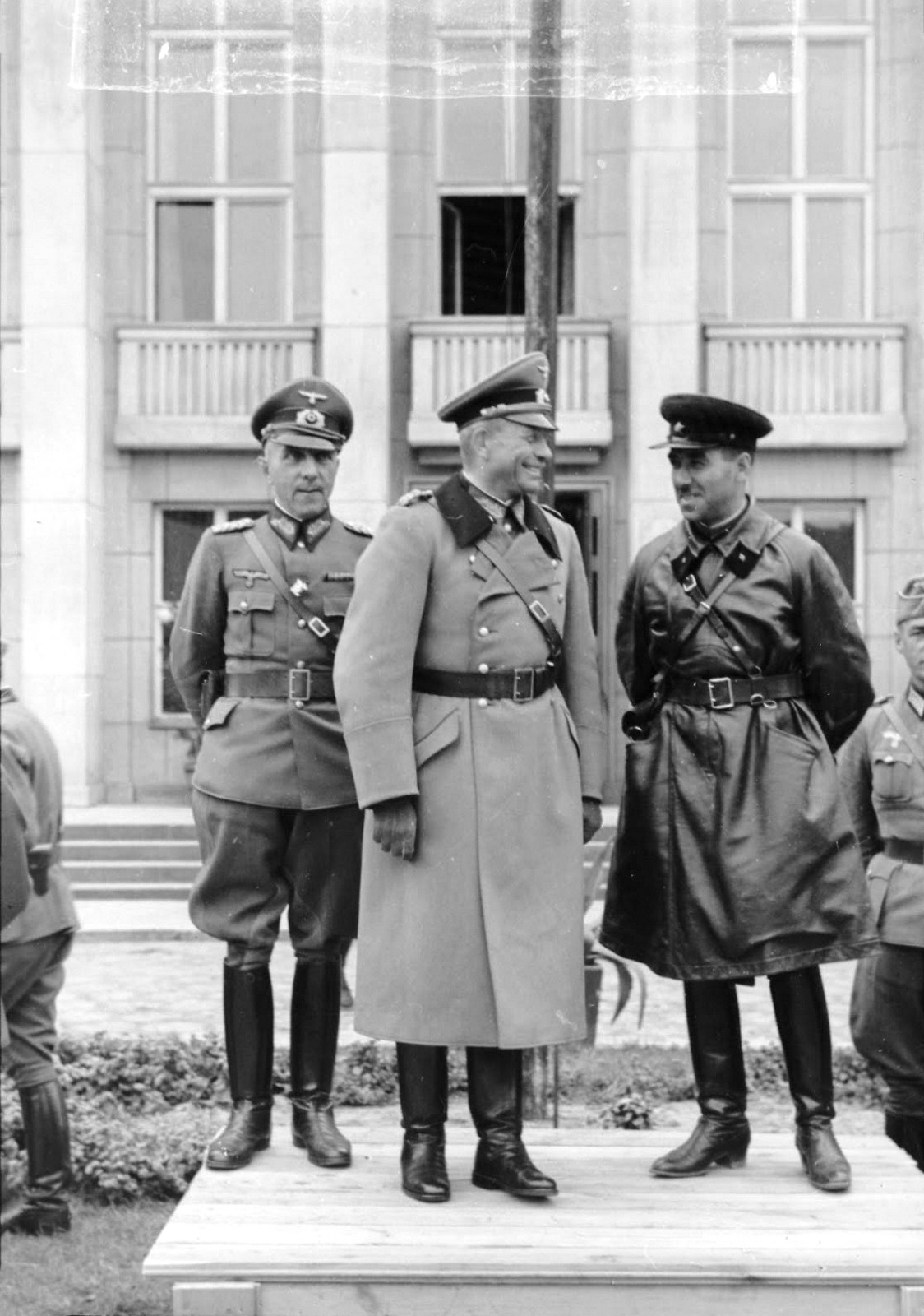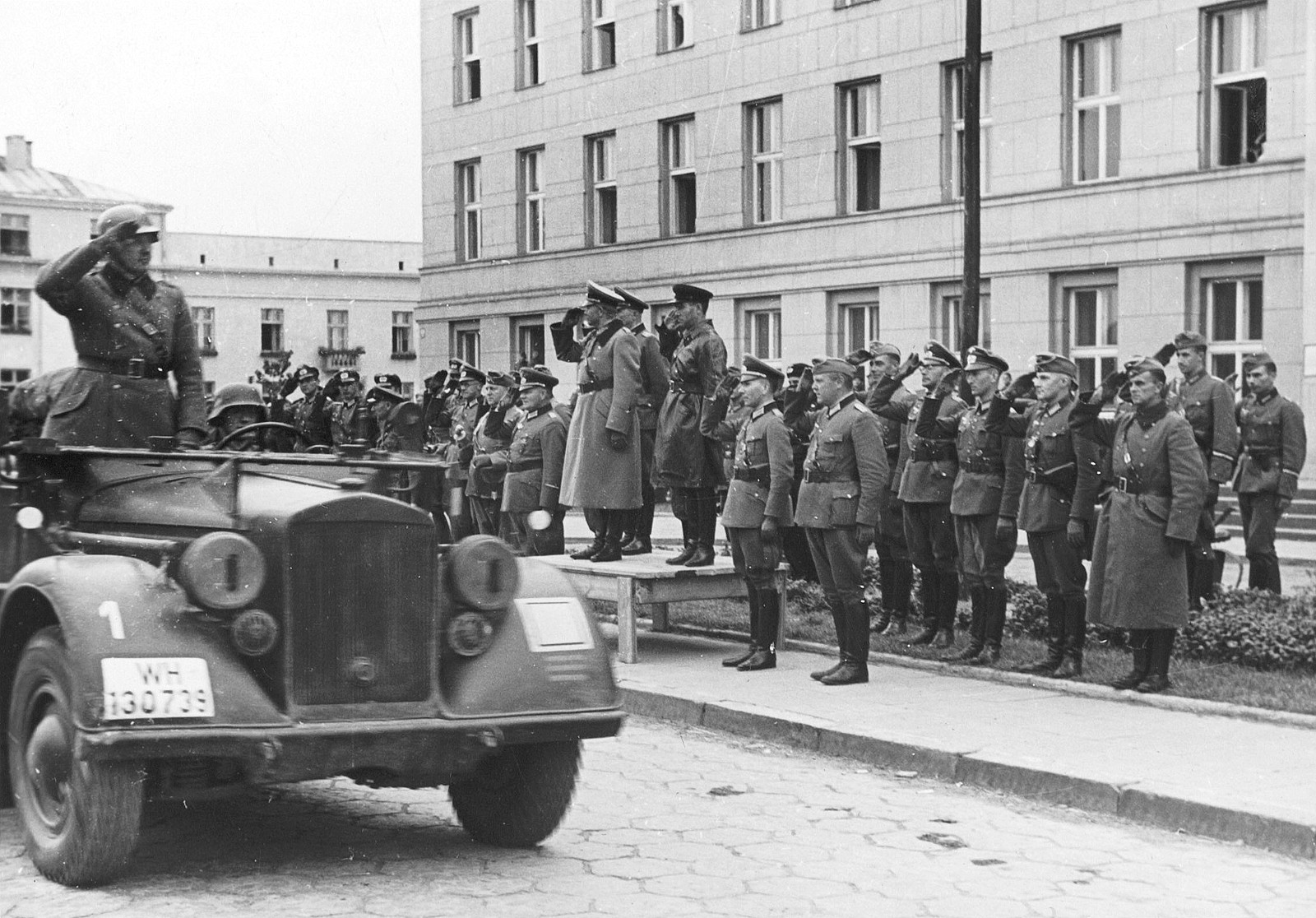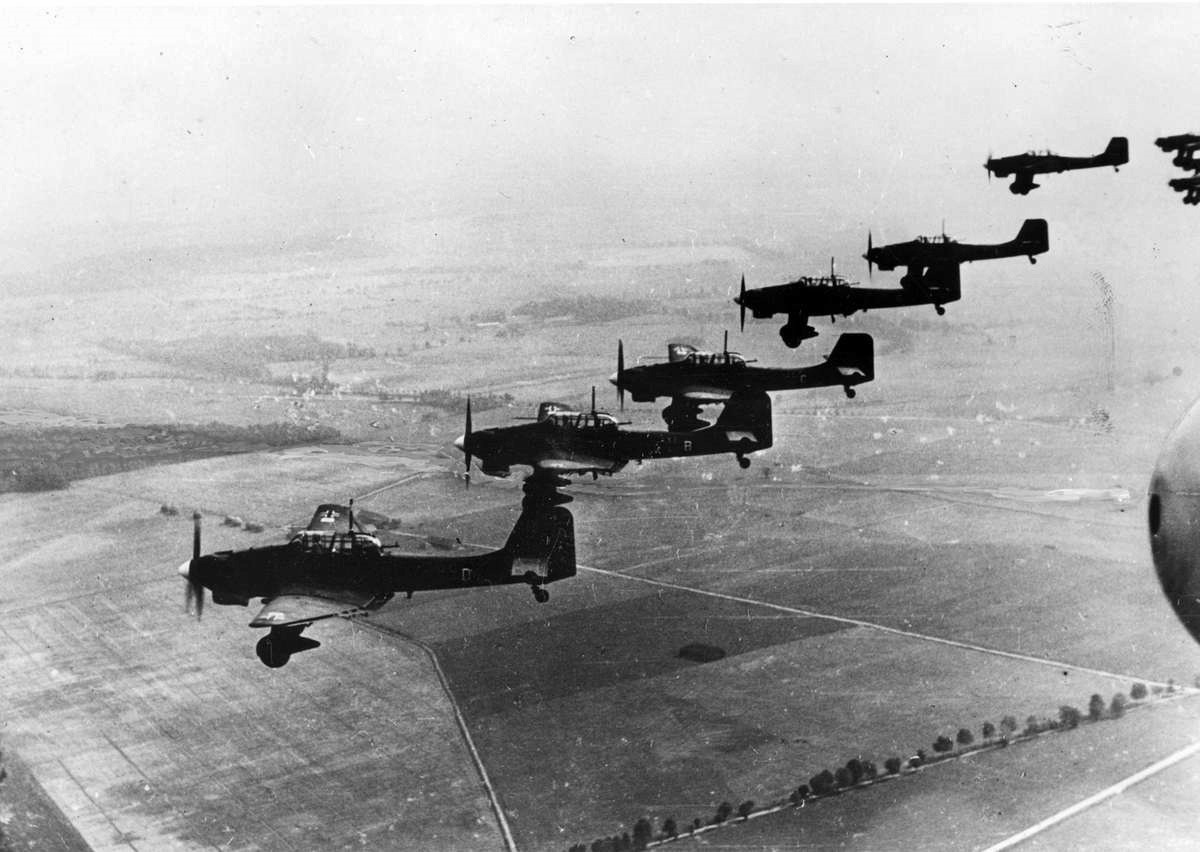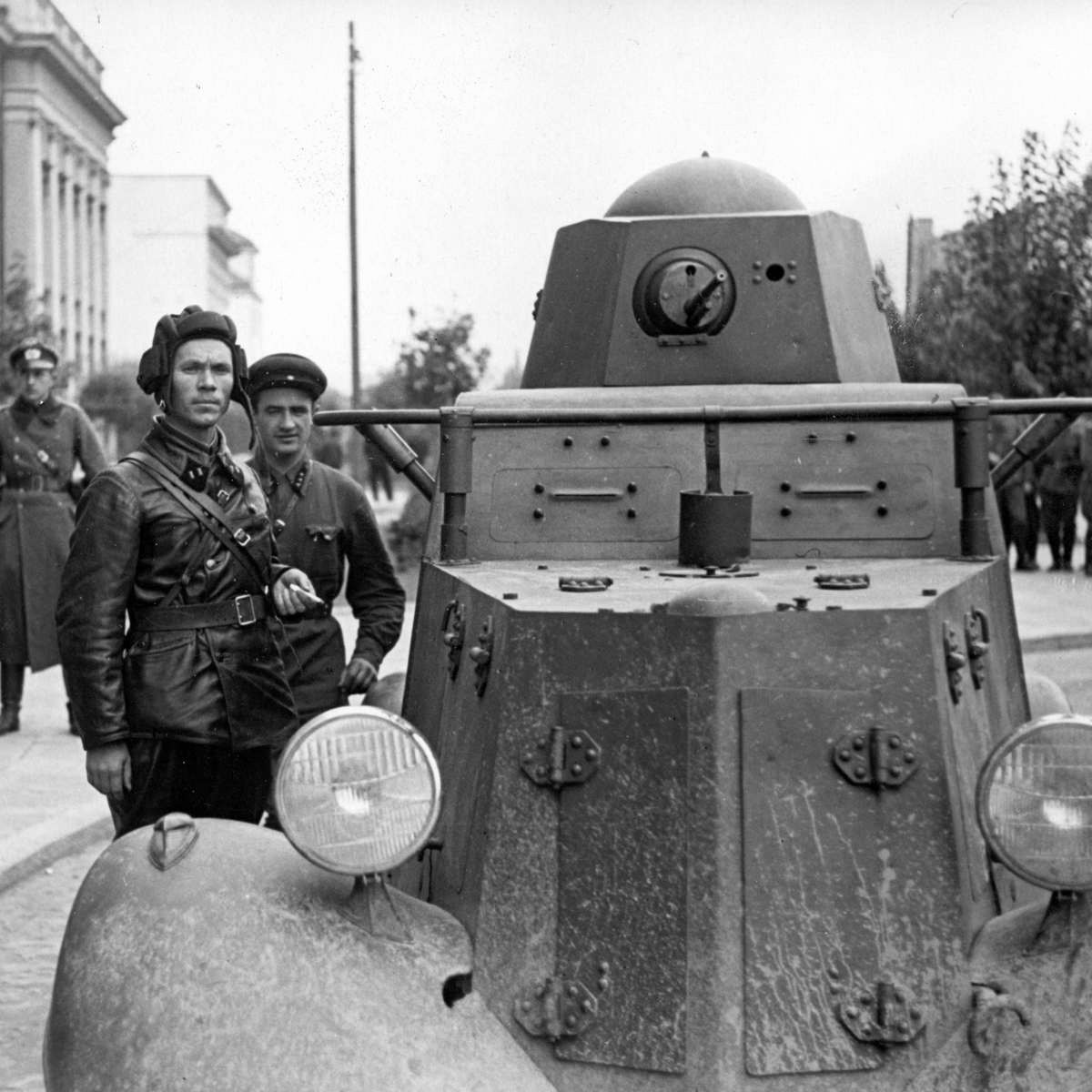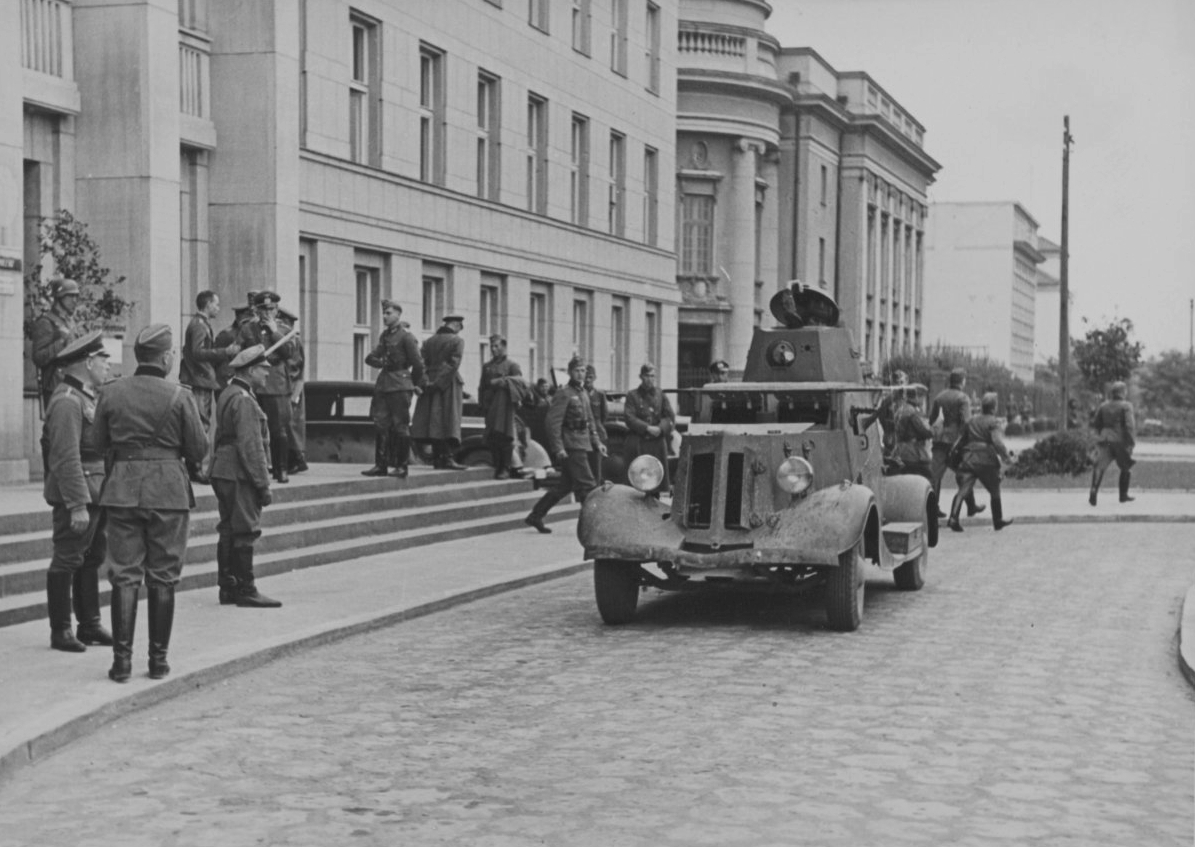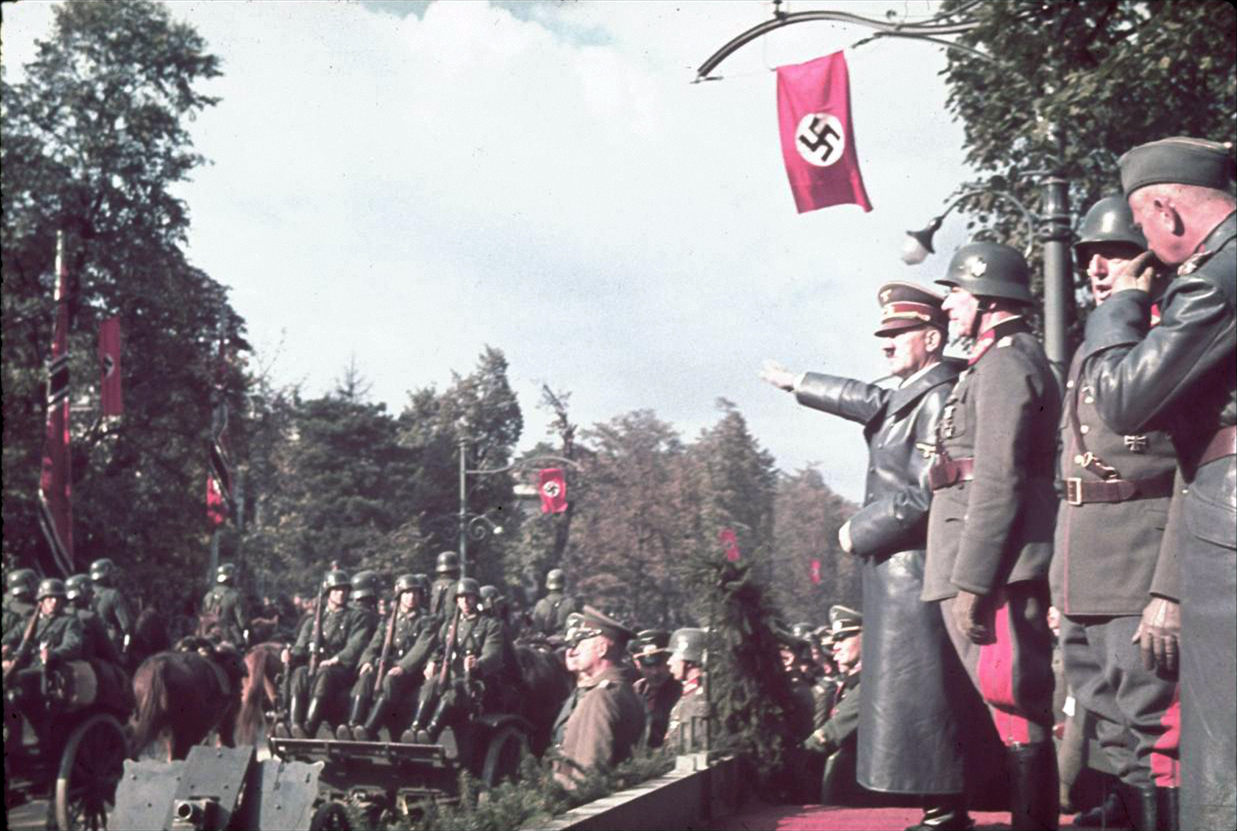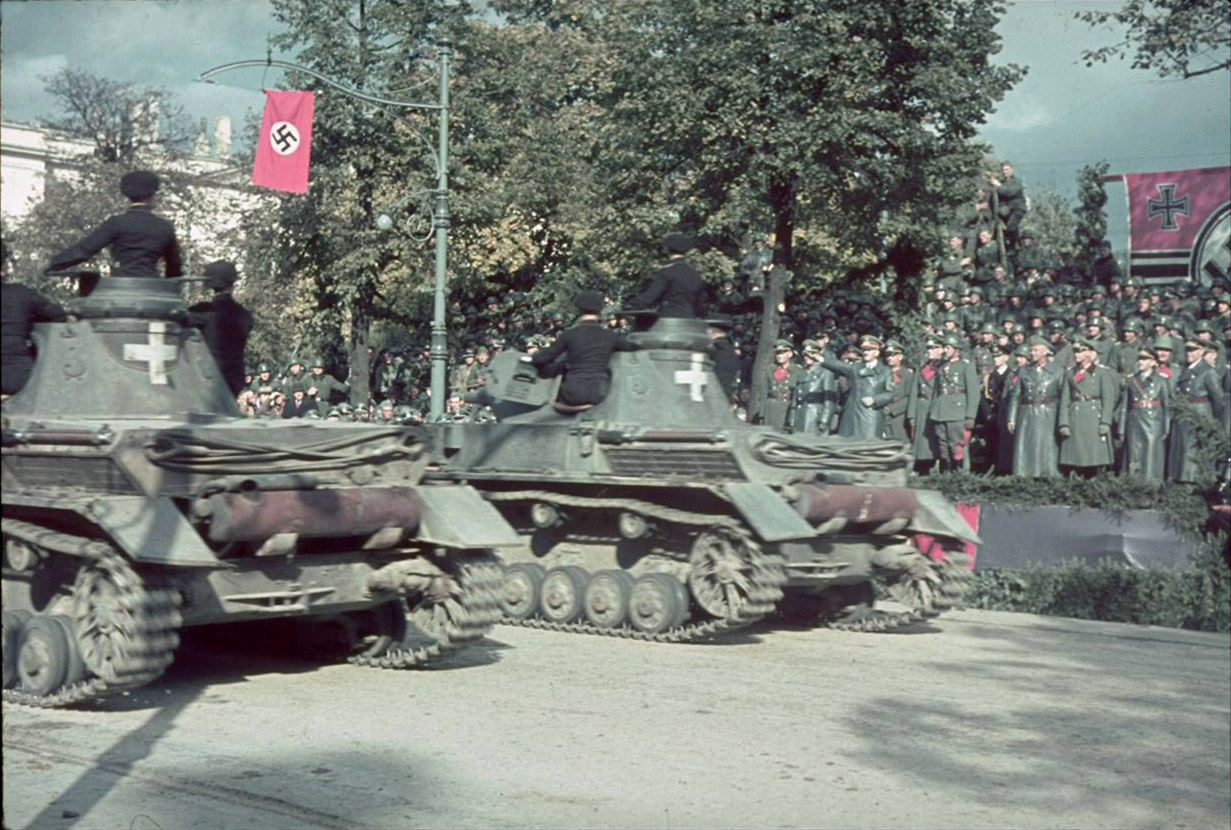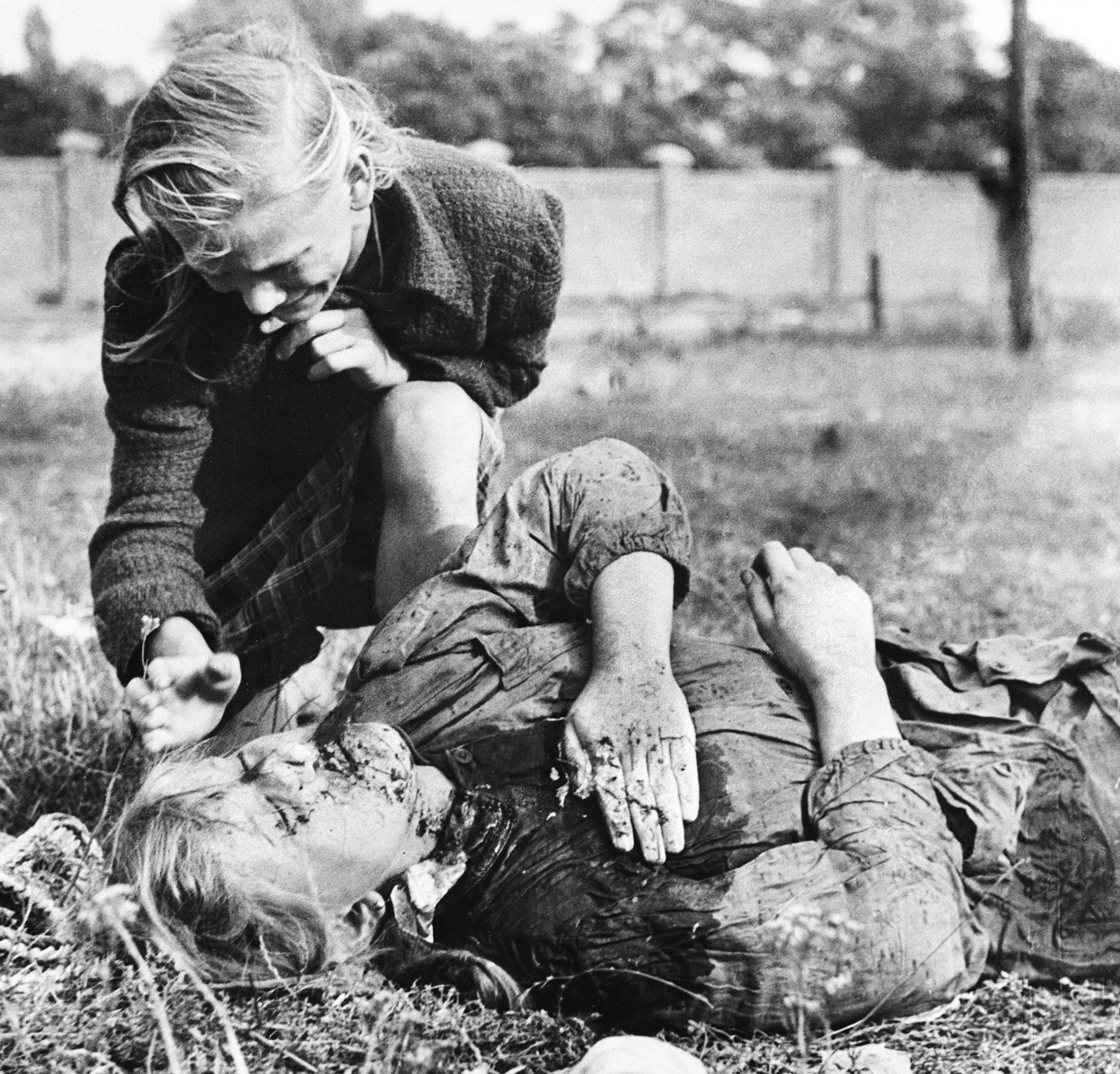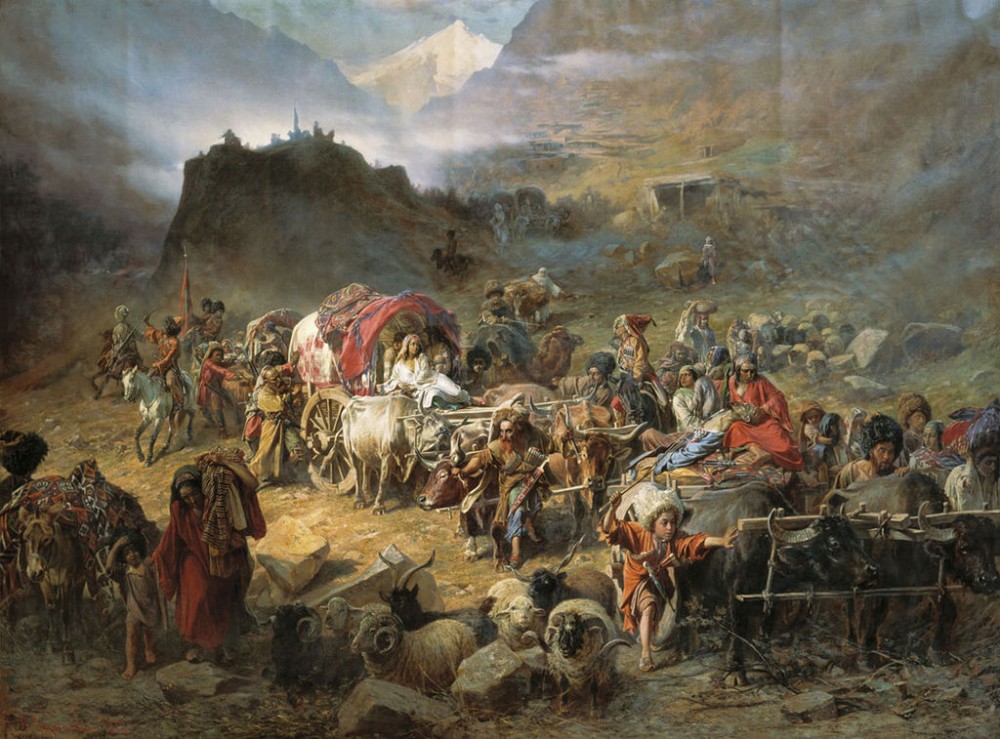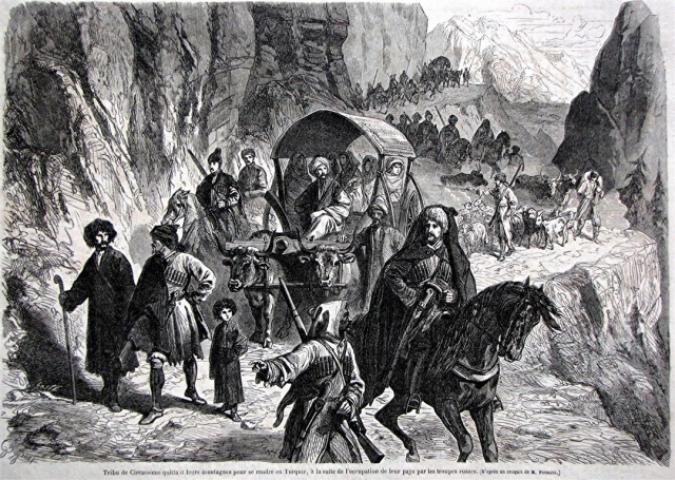No issue is as sensitive in Russian society as World War II, a conflict Russians call “The Great Fatherland War,” and consequently no shift in its interpretation by senior officials provides a better indication about the priorities and directions that Moscow will pursue in the future.
Until Nikita Khrushchev’s secret speech in 1956 unmasking some of the crimes of Stalin, Soviet historians in lockstep followed the late dictator’s interpretation, one that laid all the blame for the war on Germany and denied that Moscow by the Molotov-Ribbentrop Pact and other measures bore some measure of responsibility.
After Khrushchev’s speech and especially during Mikhail Gorbachev’s glasnost and afterwards, many Russian historians explored Soviet involvement and even culpability for the conflict, raising the question in the minds of some about the possible moral equivalence of Stalin and Hitler and of their respective systems.
Joint Soviet-Nazi military parade in Poland. The history of Russian aggression.
Under Vladimir Putin, such questions are anathema, and yesterday, at a meeting of the Victory Committee, the Kremlin leader effectively restored the Stalinist interpretation and ruled out any questions in the future about Soviet complicity in the war, according to US-based Russian historian Irina Pavlova.
The Stalinist interpretation, “the truth,” in the words of Putin, must be insisted upon because it “holds together society, serves as a spiritual and moral foundation for development, and helps people of various generations feel themselves really a single cohesive nation,” a position Pavlova labels as “Russian fundamentalism.”
At the same meeting in the Kremlin yesterday, Deputy Foreign Minister Grigory Karasin underscored why it is so important for Moscow to insist on Stalin’s innocence: Any other position, he suggested, opens the way to those who seek “to equate Nazi Germany, an aggressor country, and the Soviet Union.”
Putin’s words thus complete the consequences of the February 2014 Russian law against “the rehabilitation of Nazism,” a law which made any independent research on the history of World War II a crime punishable by law and thus put a straightjacket on historians in the Russian Federation.
But Putin’s words and Karasin’s gloss show that this law is about more than domestic Russian affairs: it is something that Moscow uses to attack anyone who suggests Stalin was culpable in any way for the unleashing of World War II as being someone who is “restoring Nazism.” To avoid such charges, all too many in the West now avoid raising this issue.
And thus the promotion of this interpretation, Pavlova argues, is “an ideal form for the broadening of Russian influence on the international arena,” exactly what Stalin hoped and now Putin hopes for. But as so often with the Kremlin, such “broadening” takes place only when others are not willing to stand up for the truth.
Related:
- Munich and the Molotov-Ribbentrop Pact revisited, Part 1: The interwar prelude
- Stalin’s expansionist designs blocked signing of 2nd Molotov-Ribbentrop treaty
- Moscow analyst: Britain’s support for Poland, not Molotov-Ribbentrop, caused WW2, and its backing of Ukraine could trigger WW3
- 77 years ago, Nazi and Soviet forces celebrated their joint defeat of Poland
- Top-6 Soviet World War II myths used by Russia today
- Soviet myths about World War II and their role in contemporary Russian propaganda

